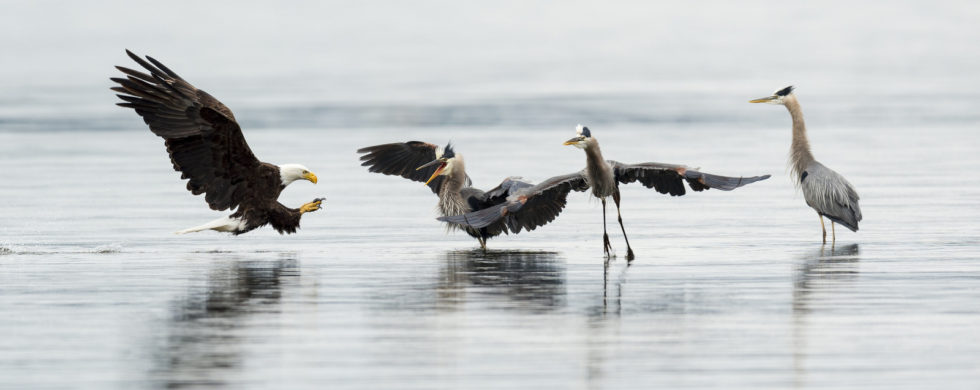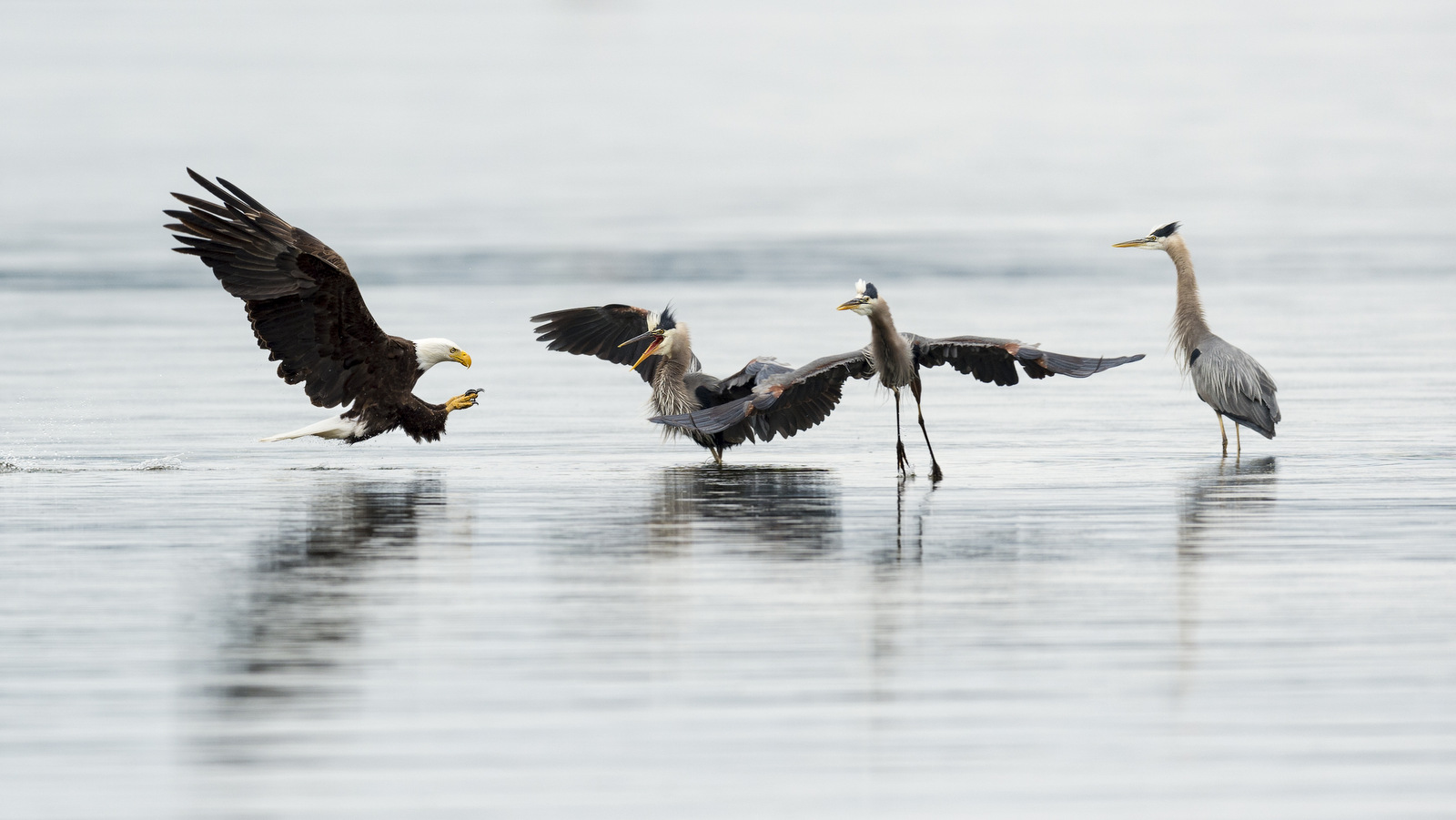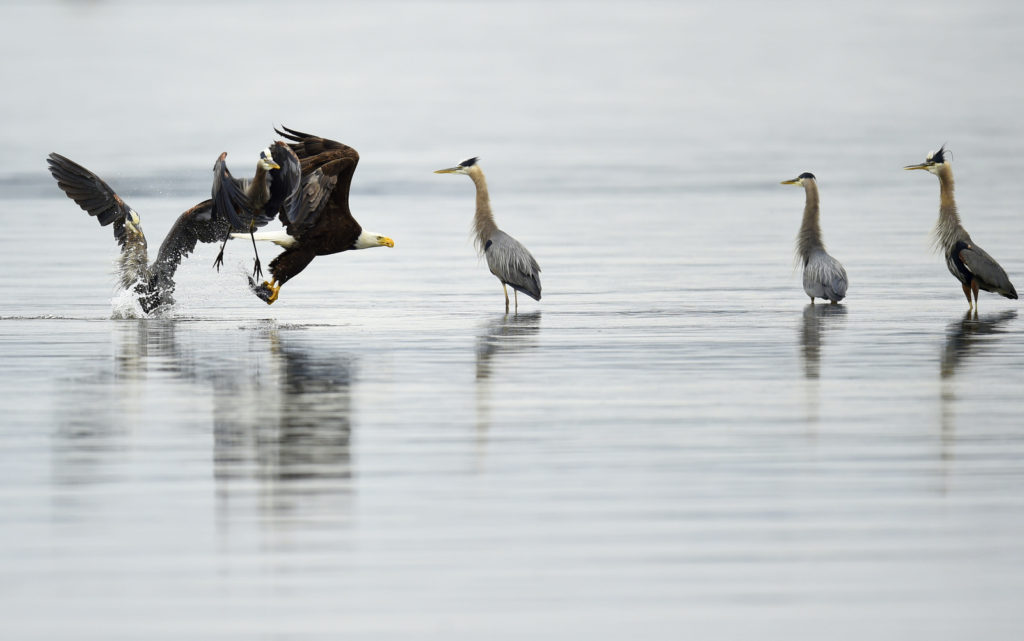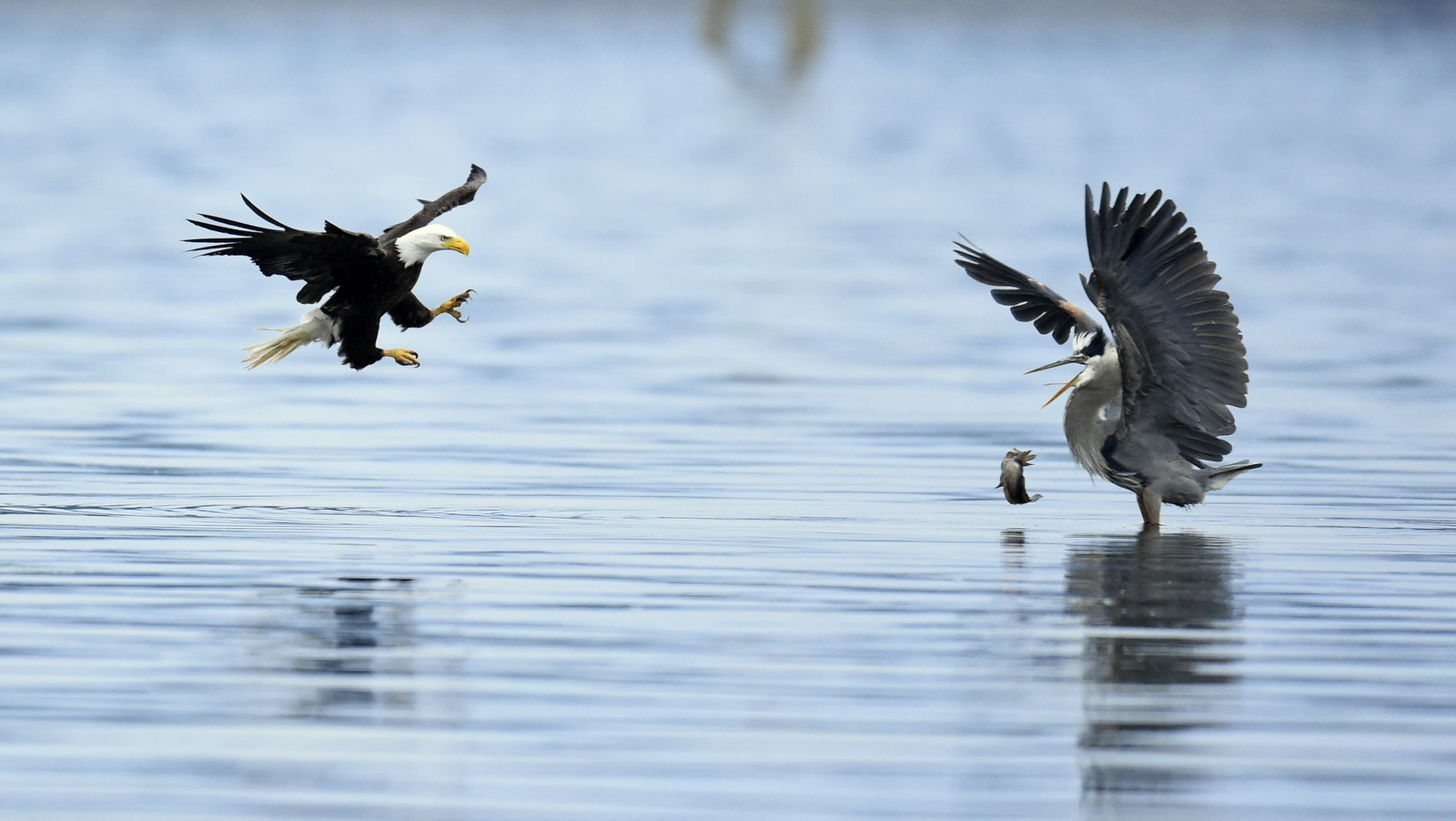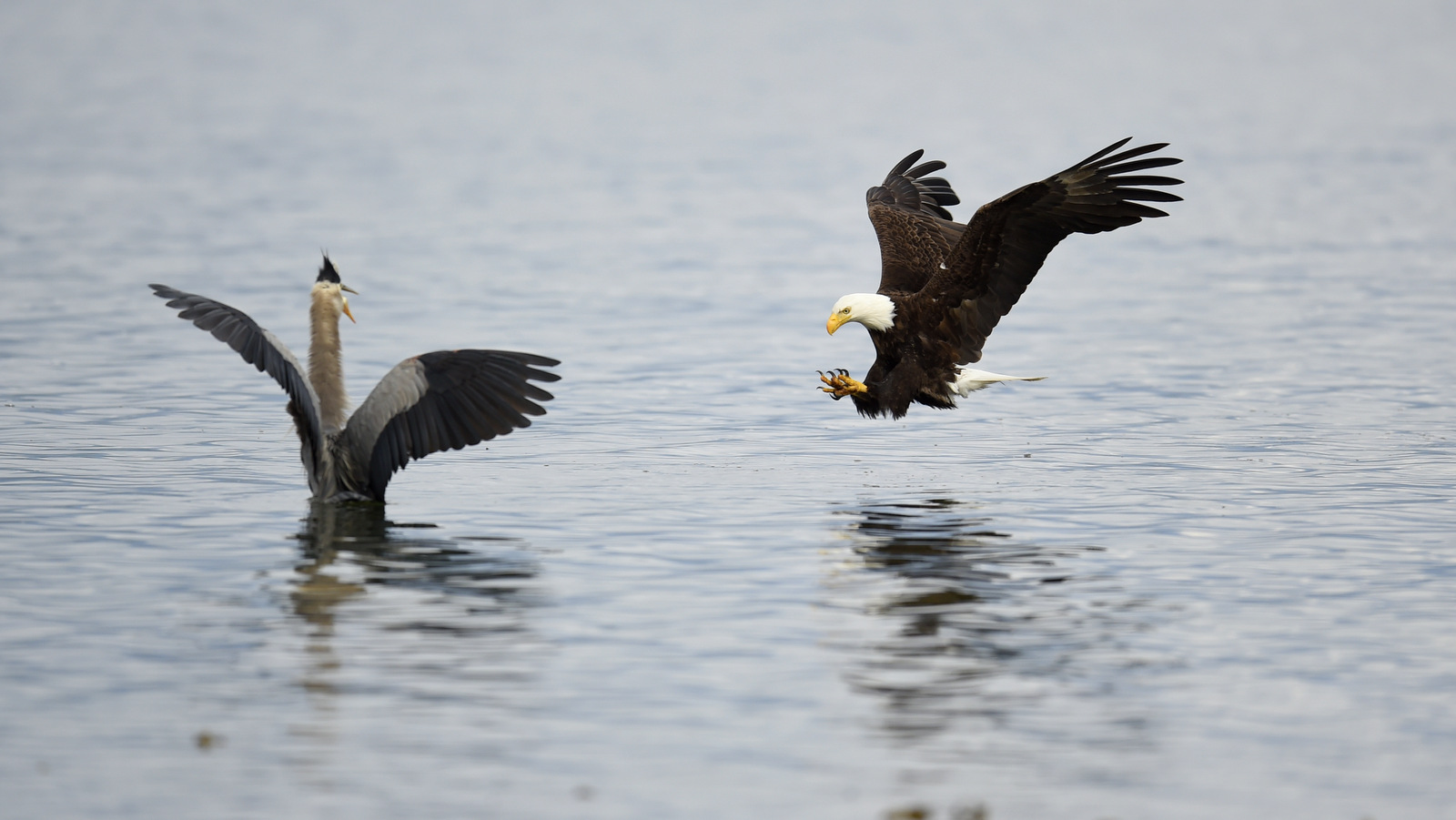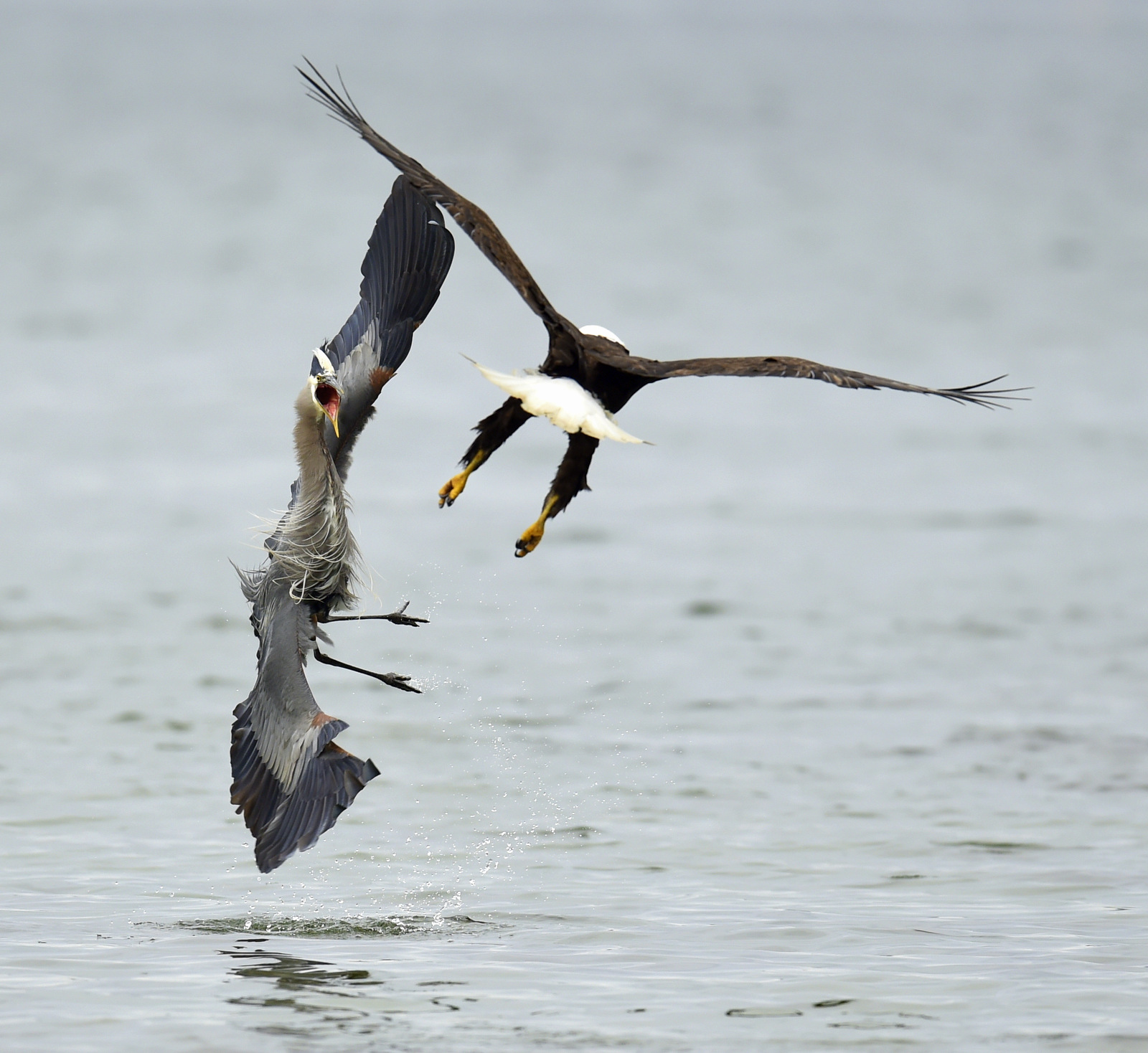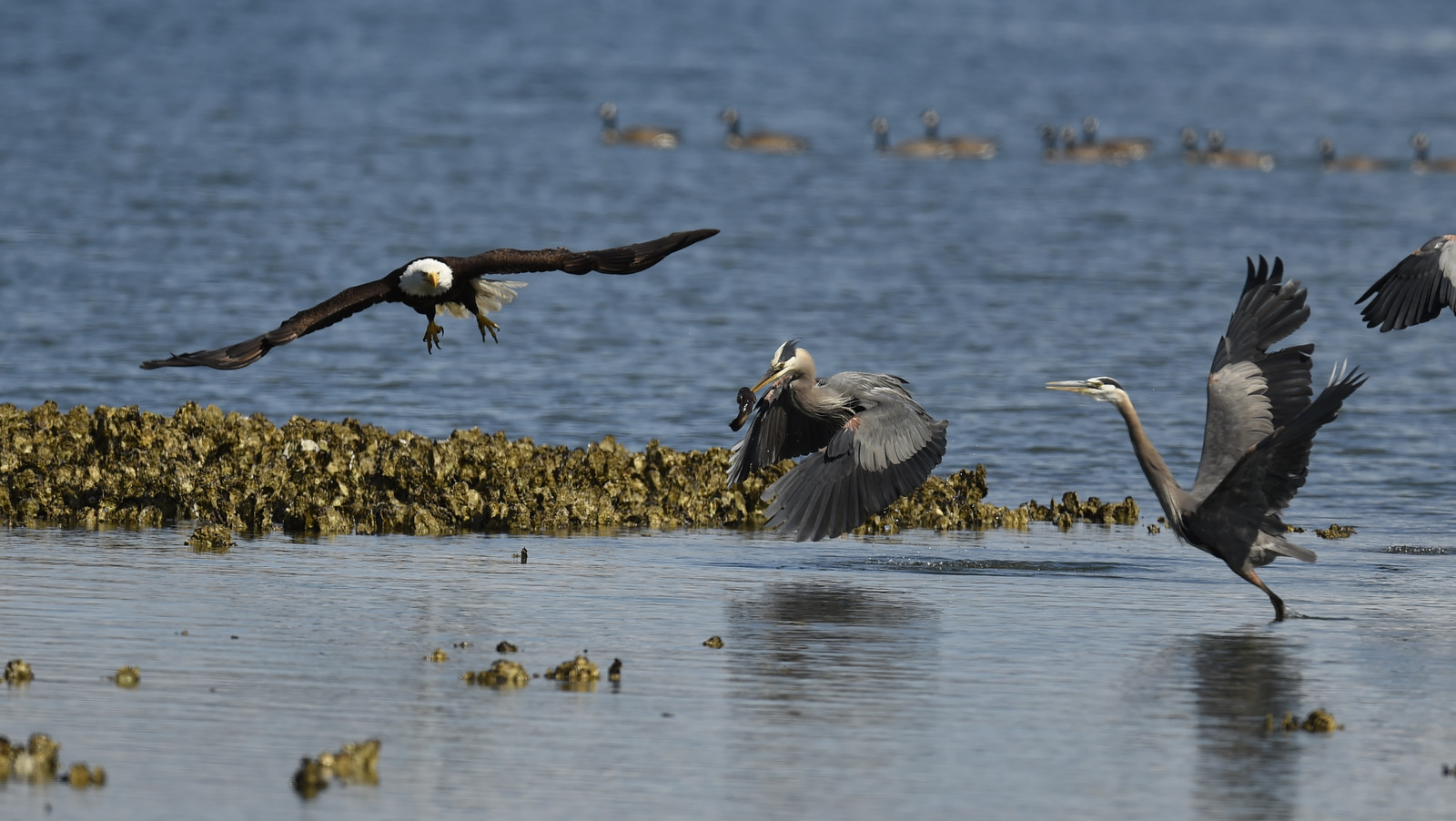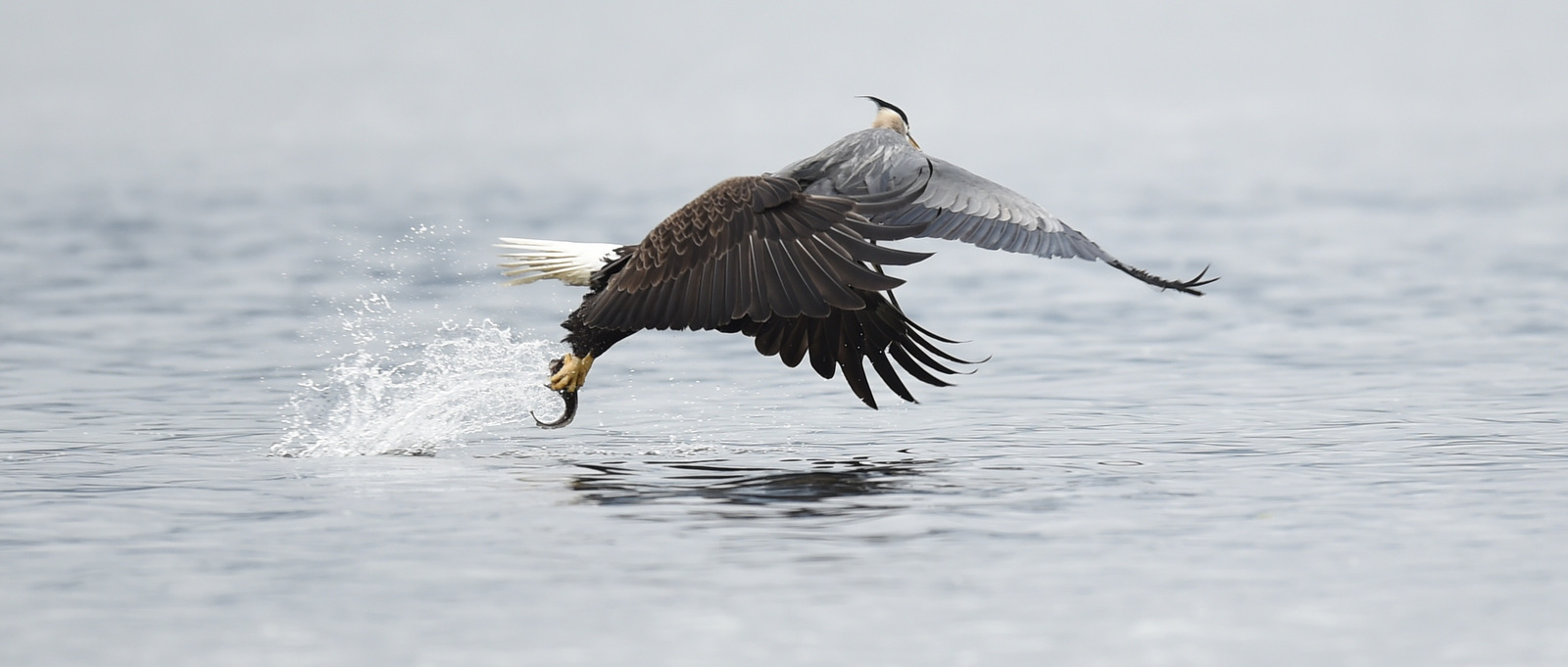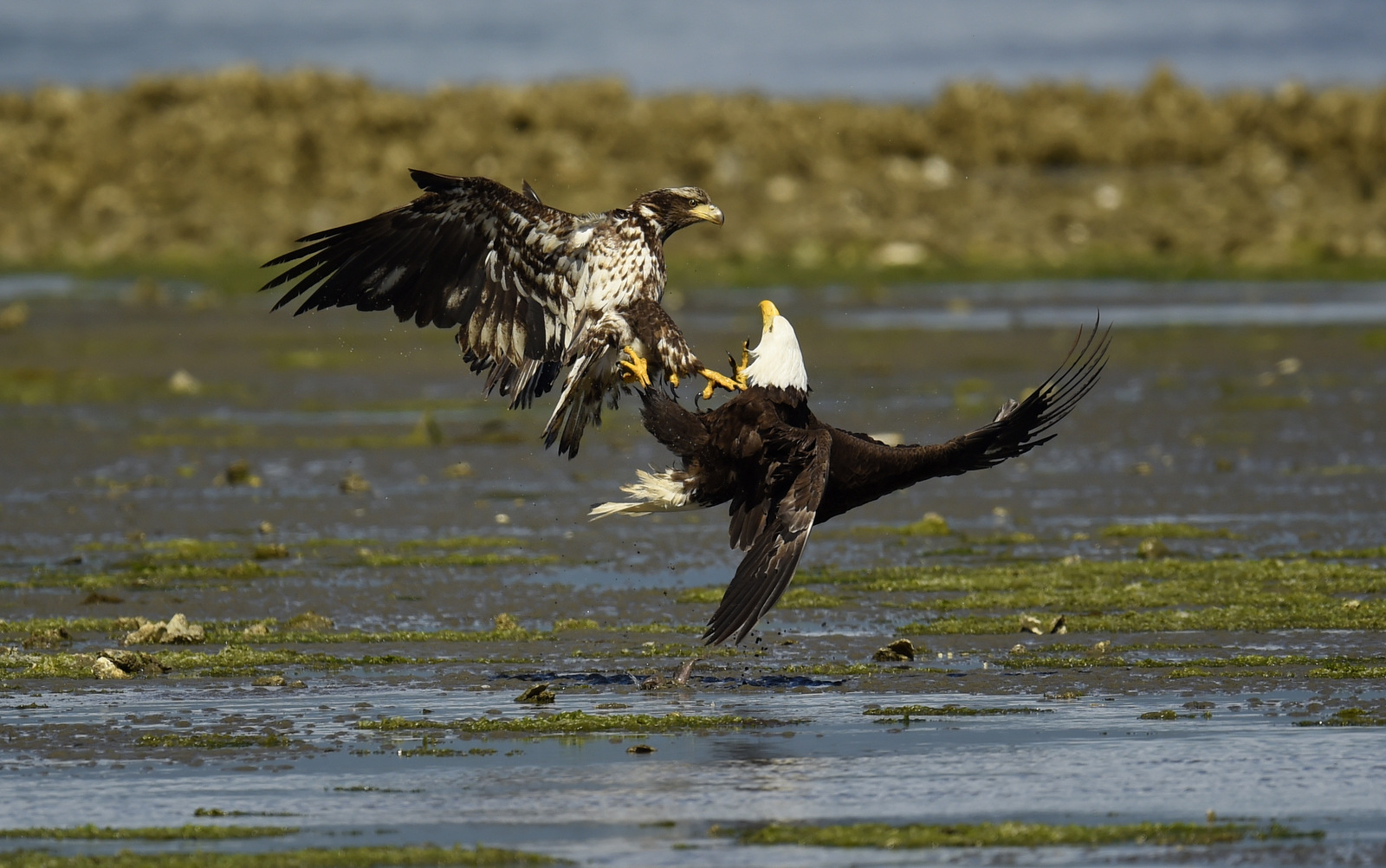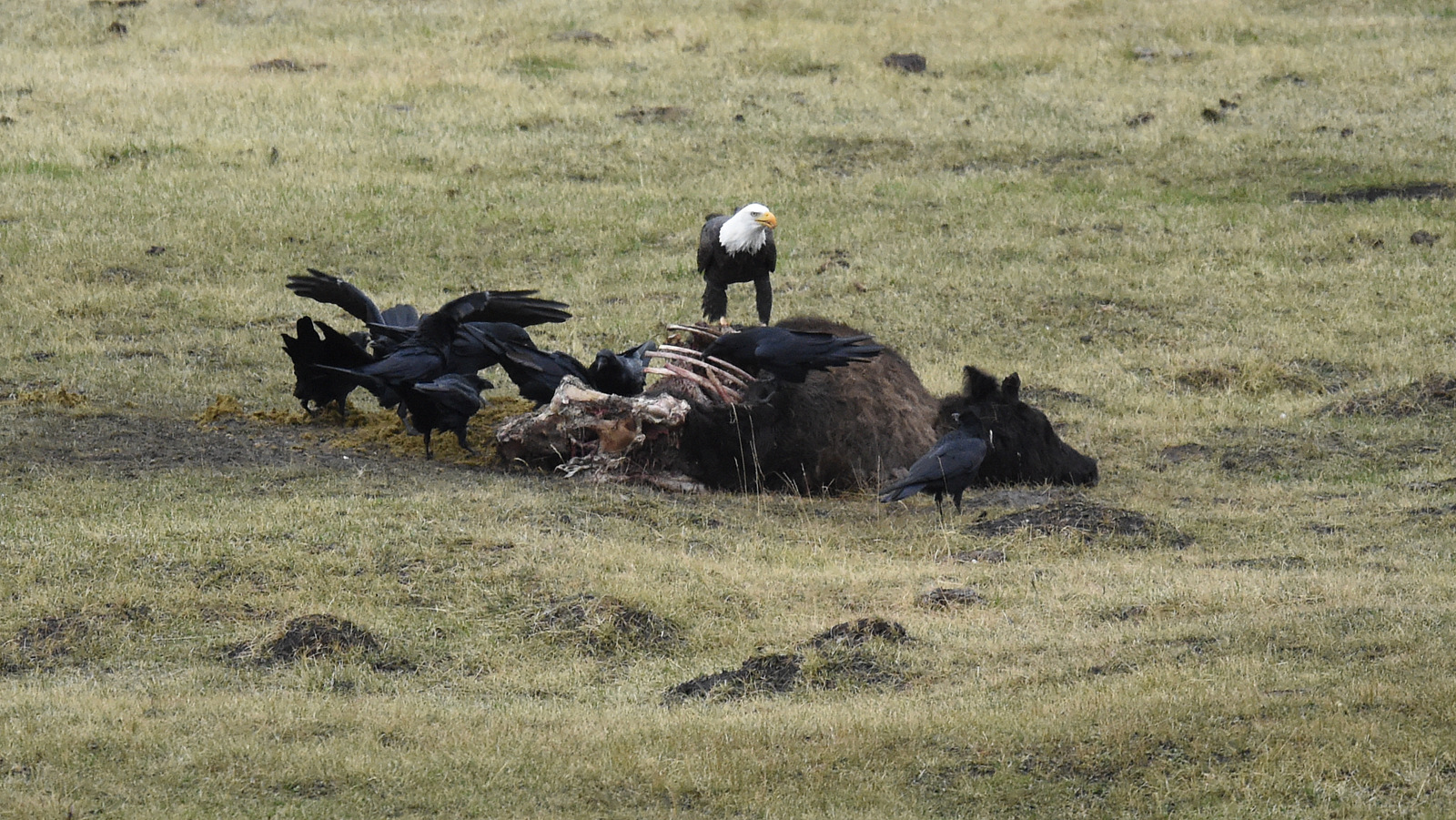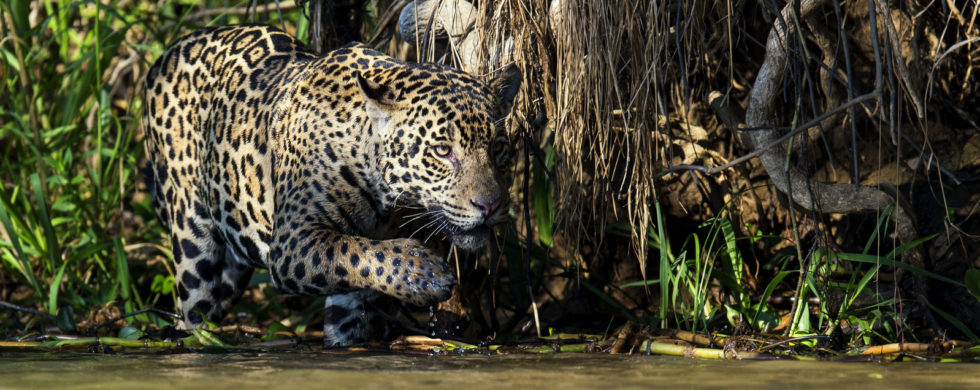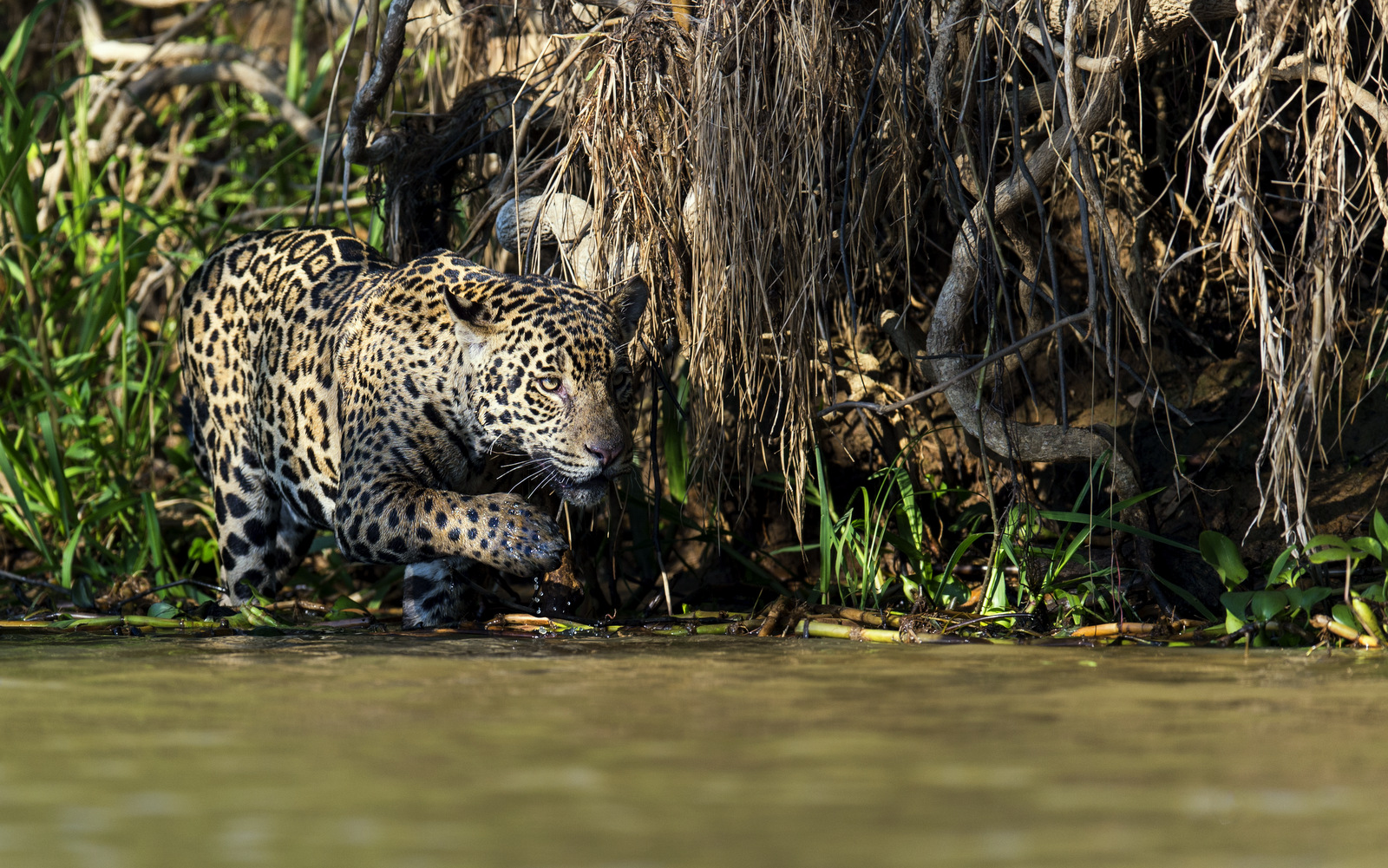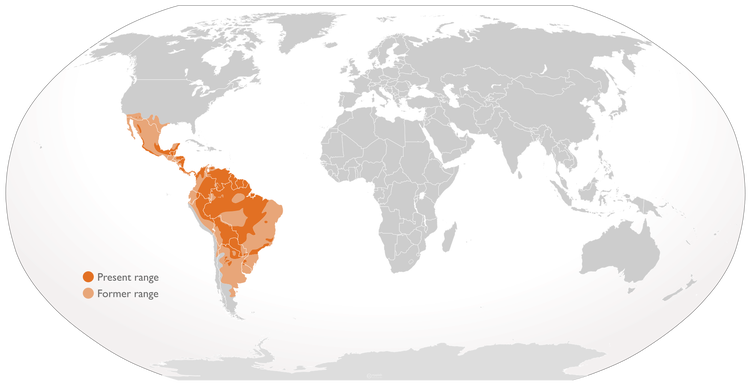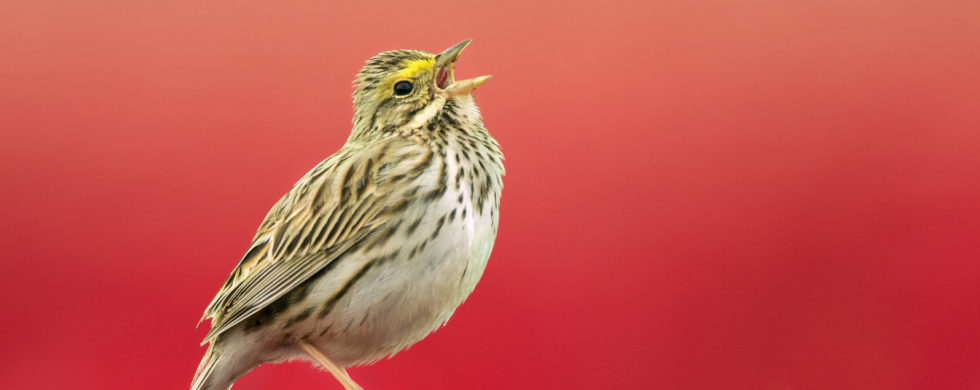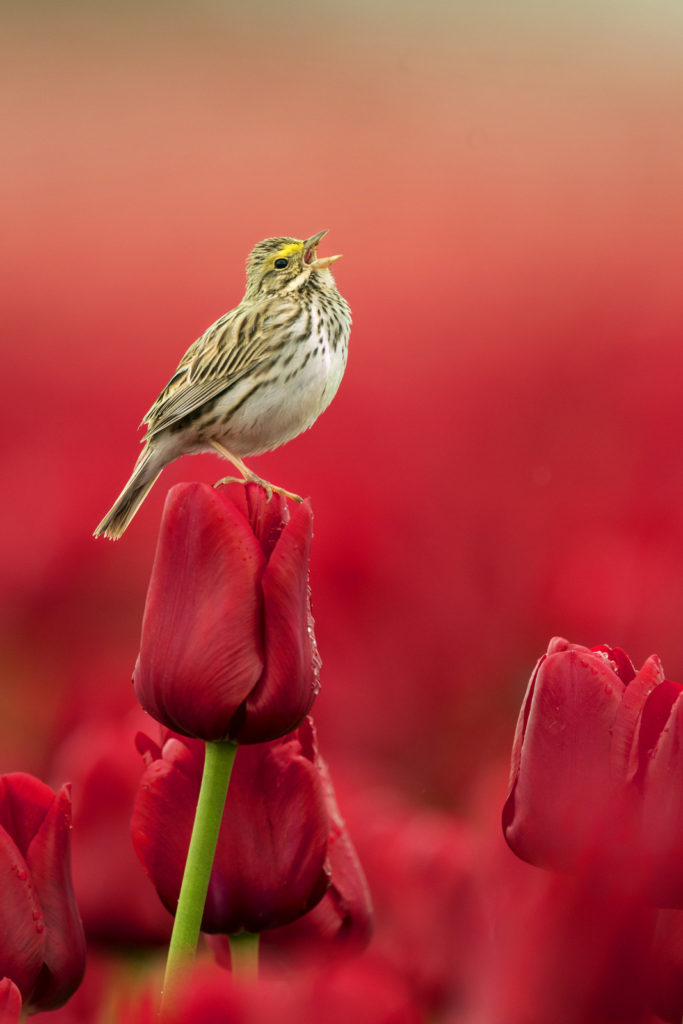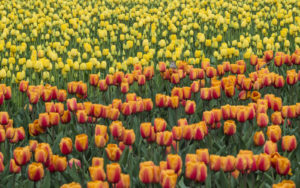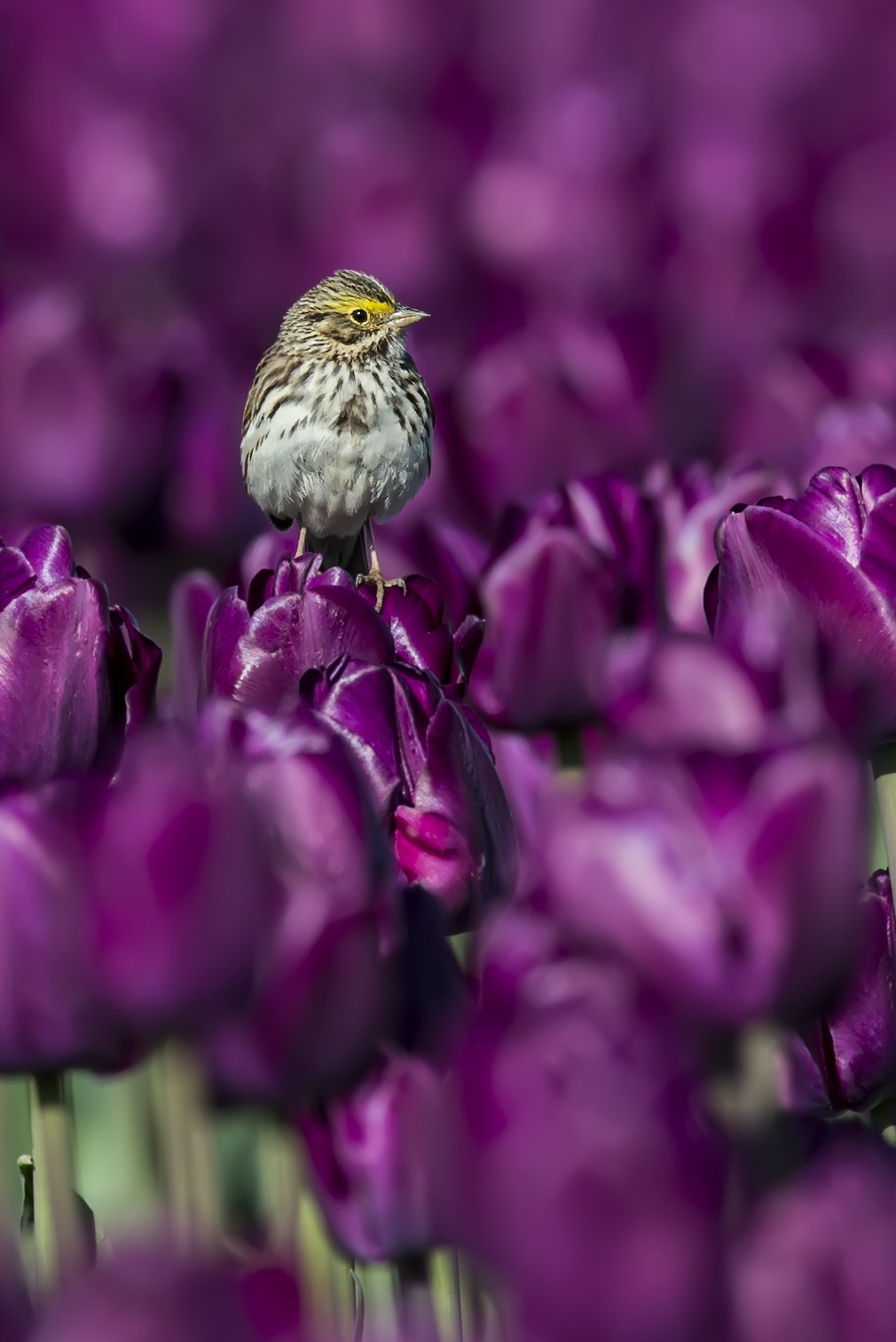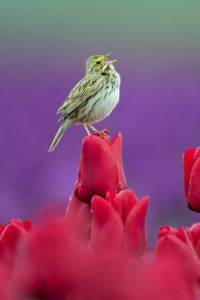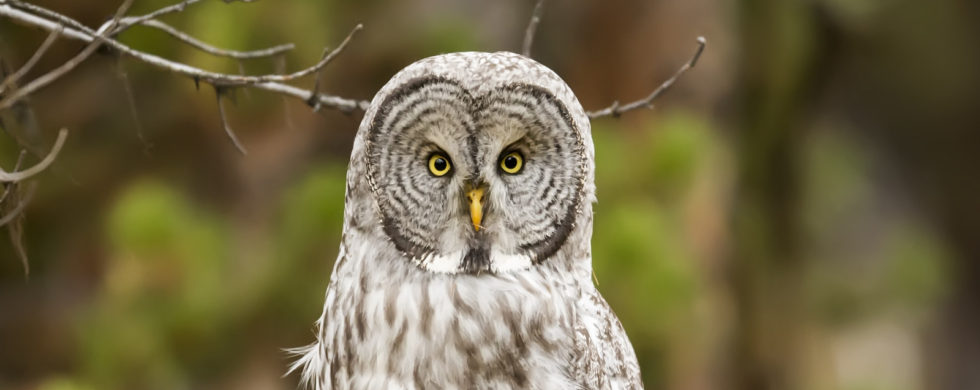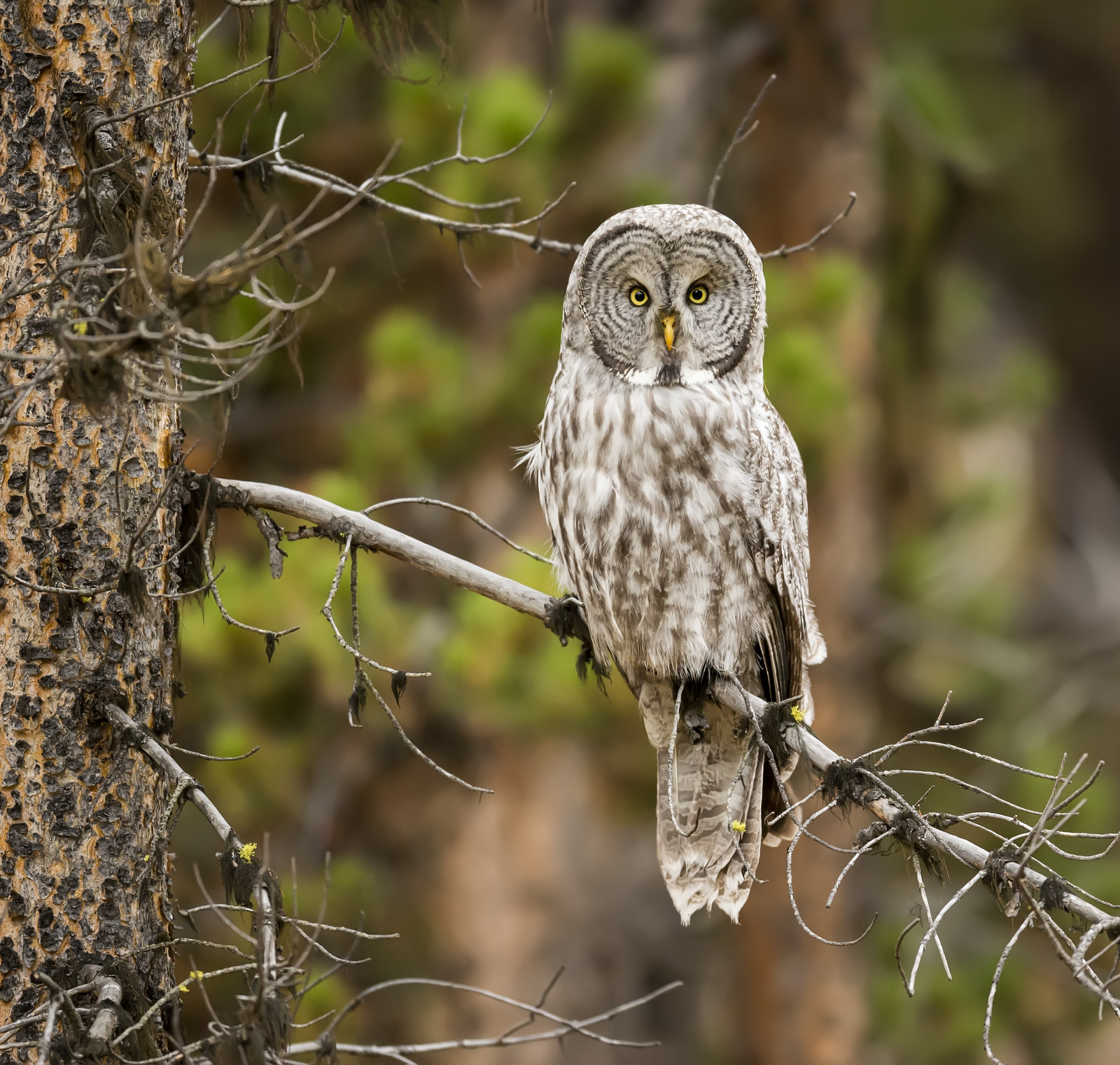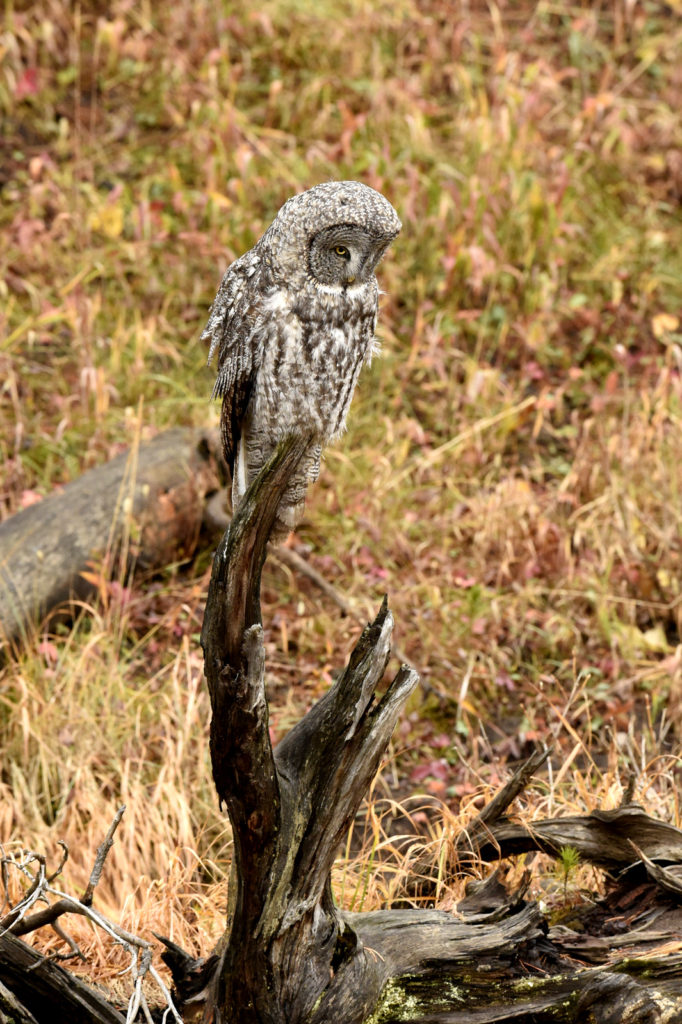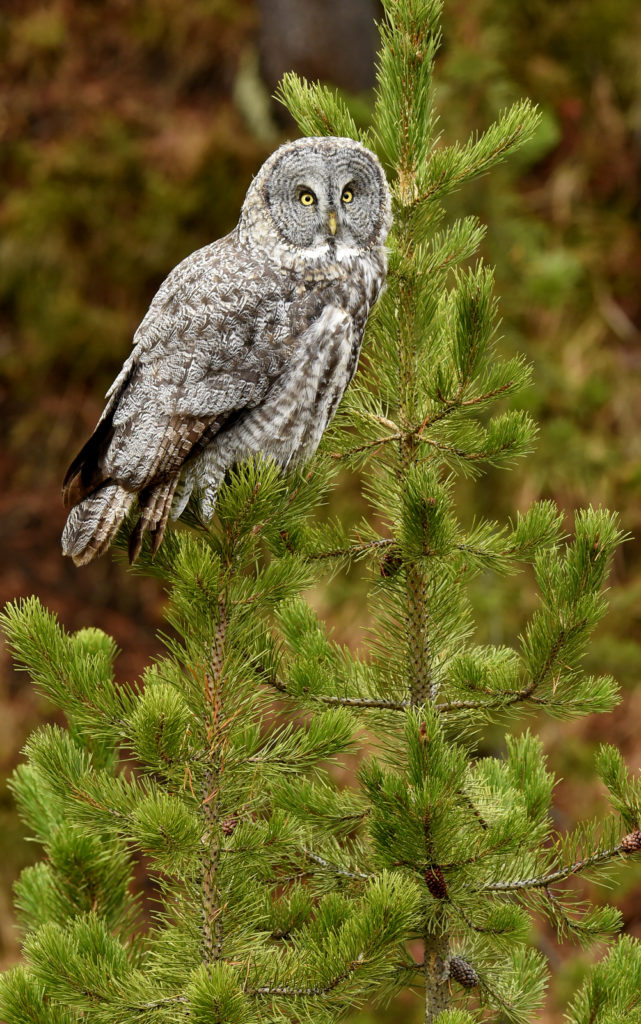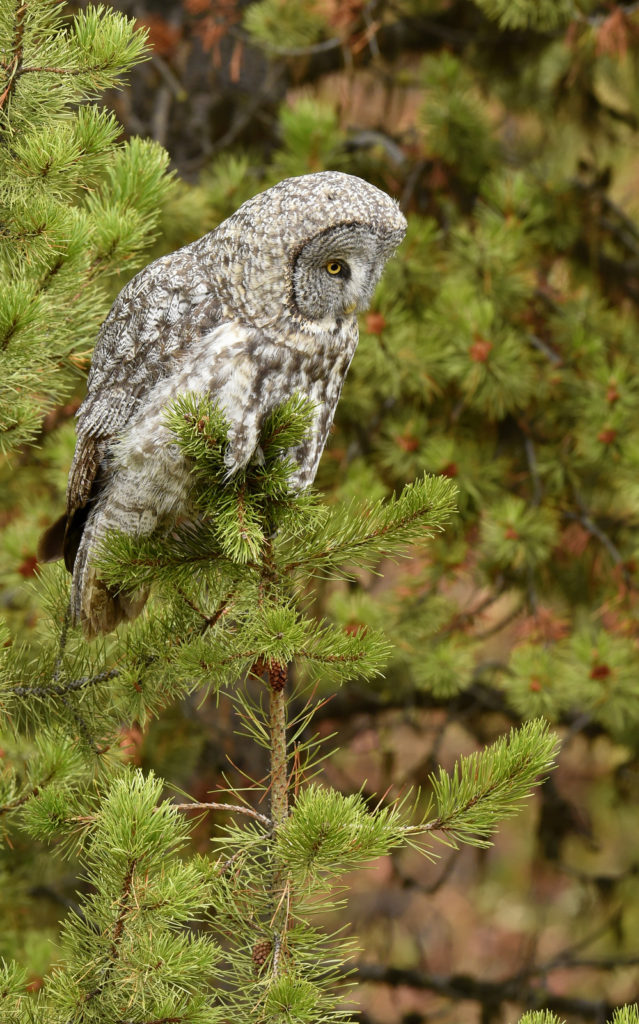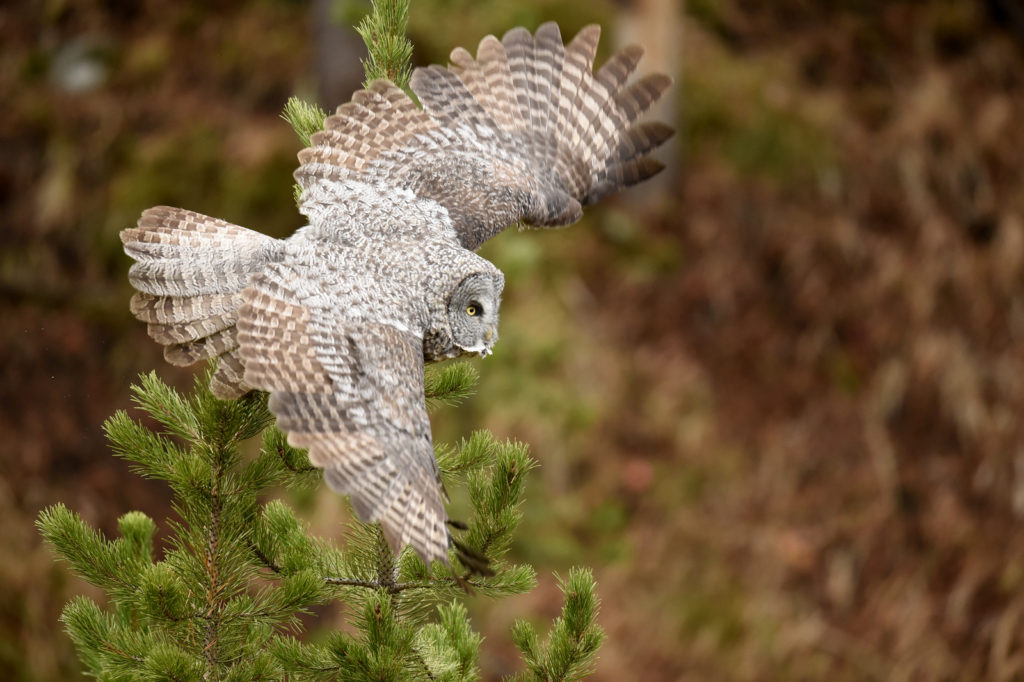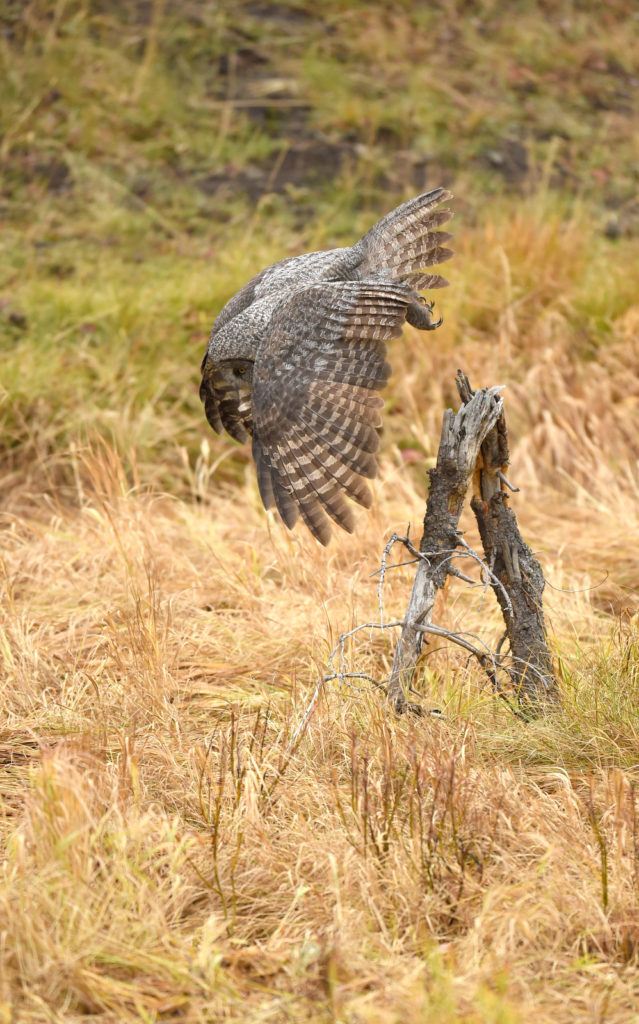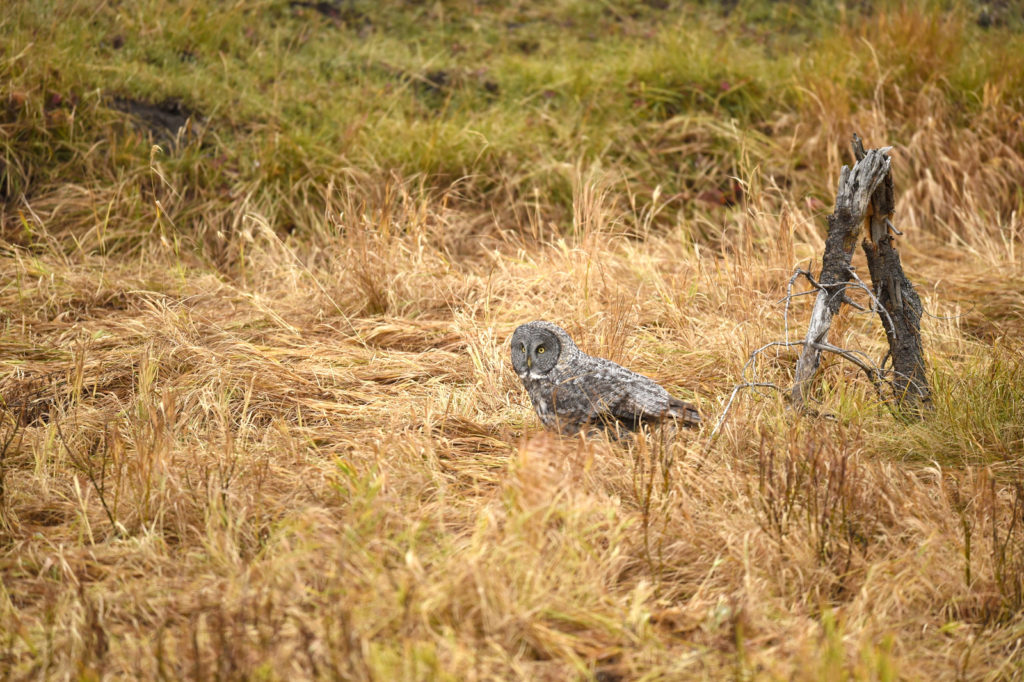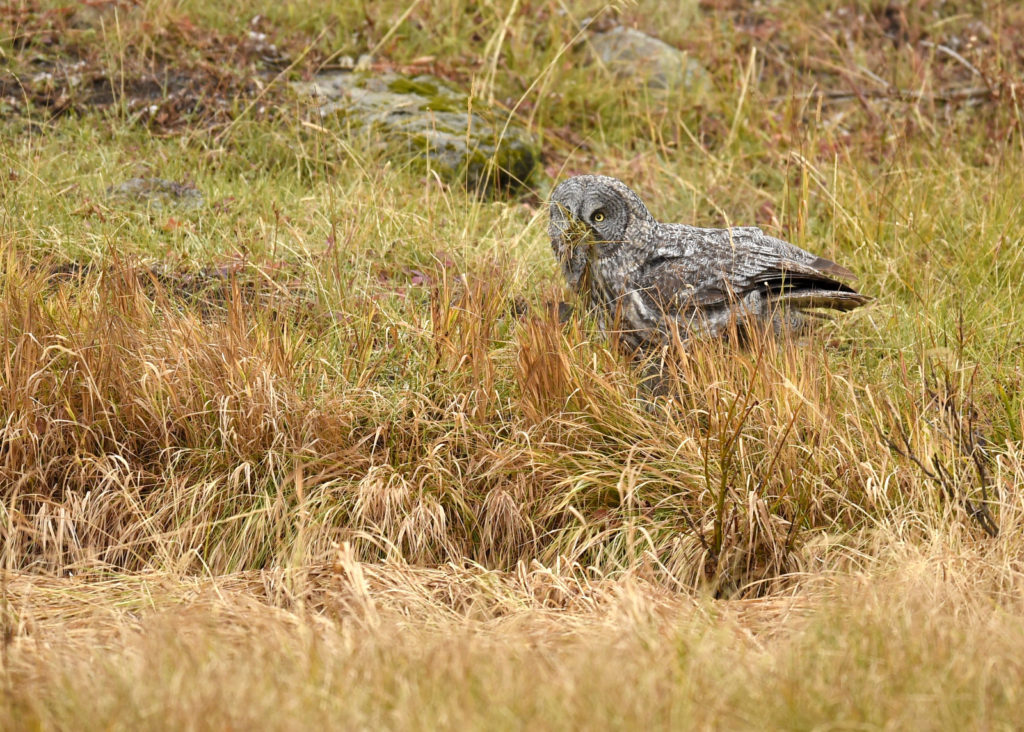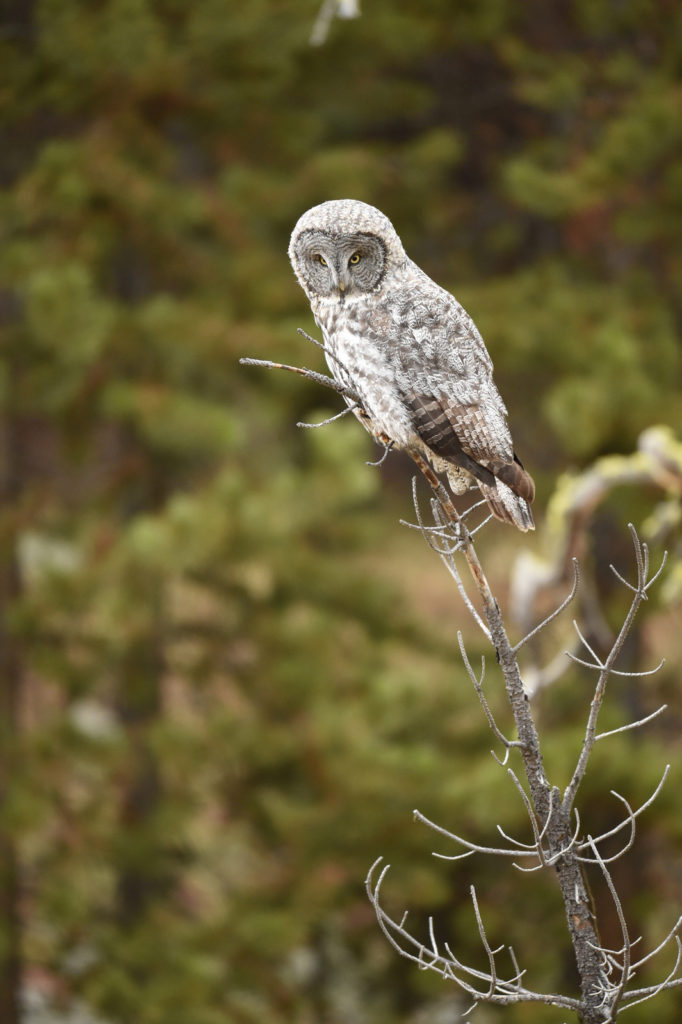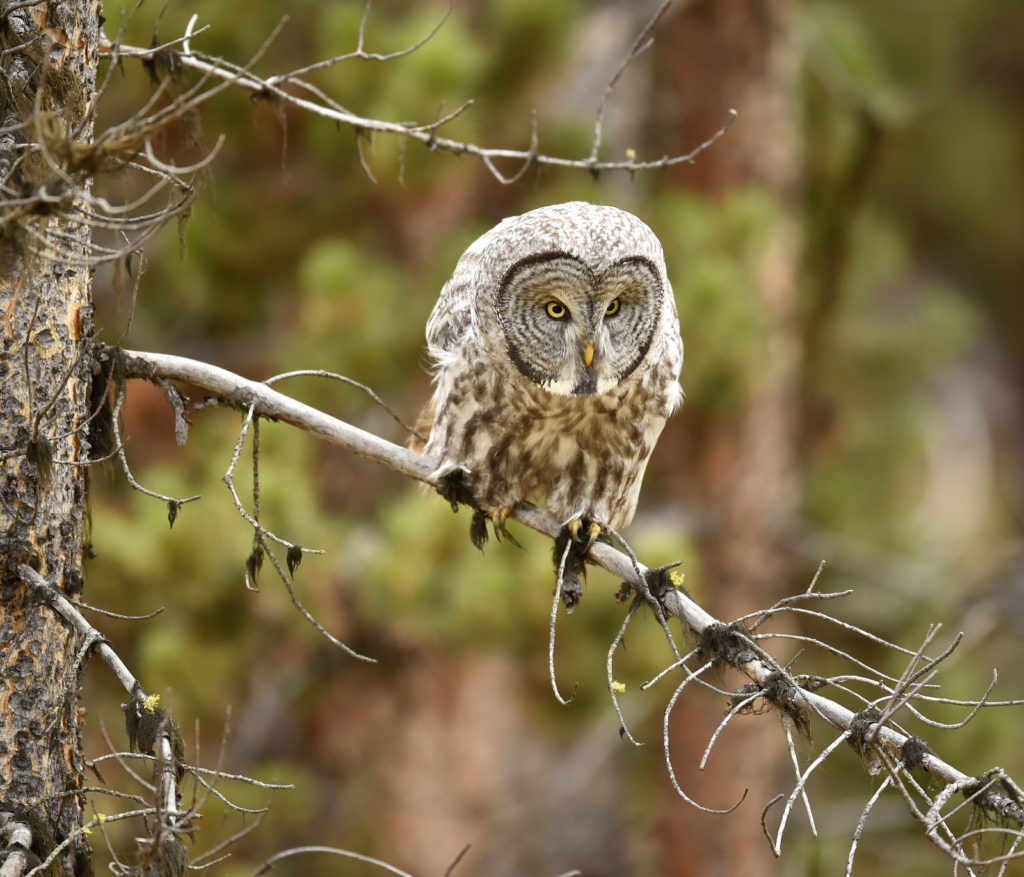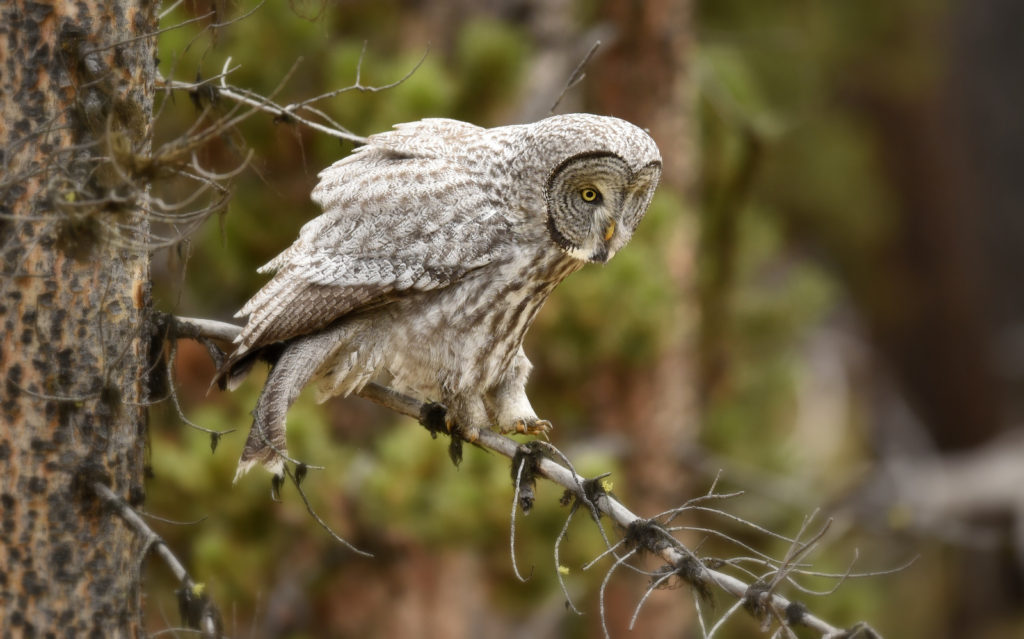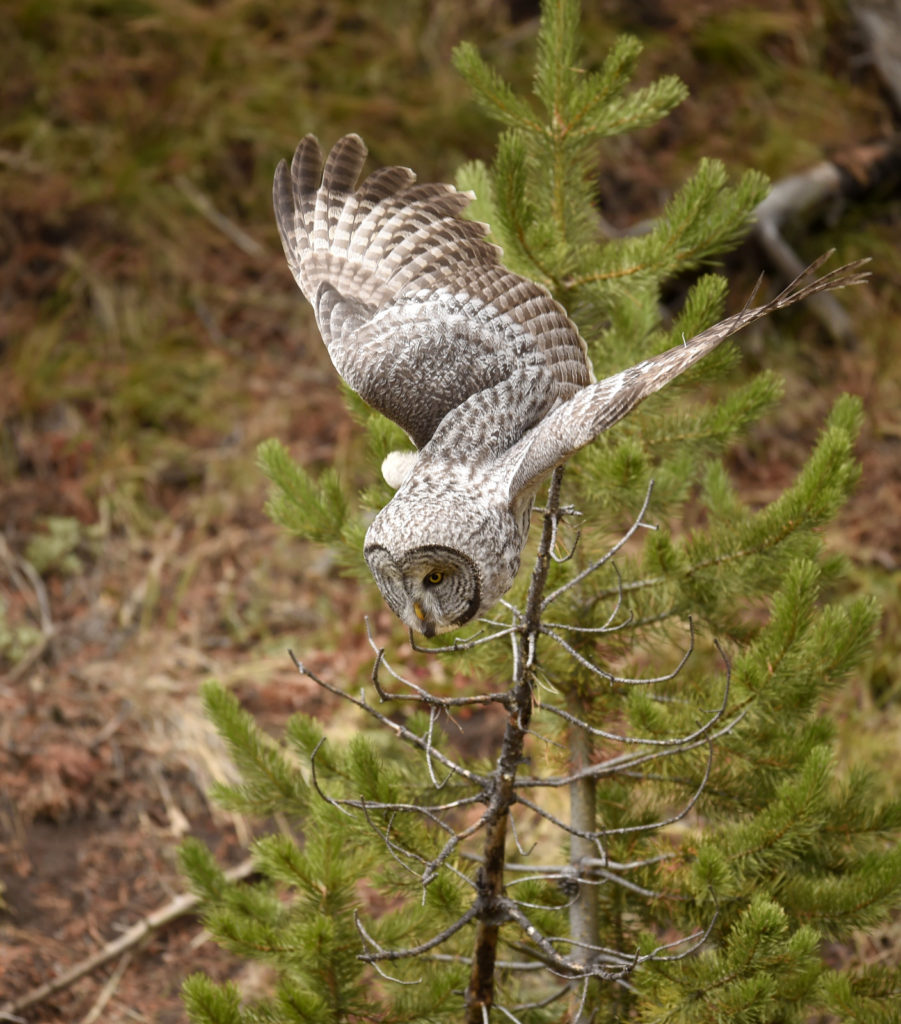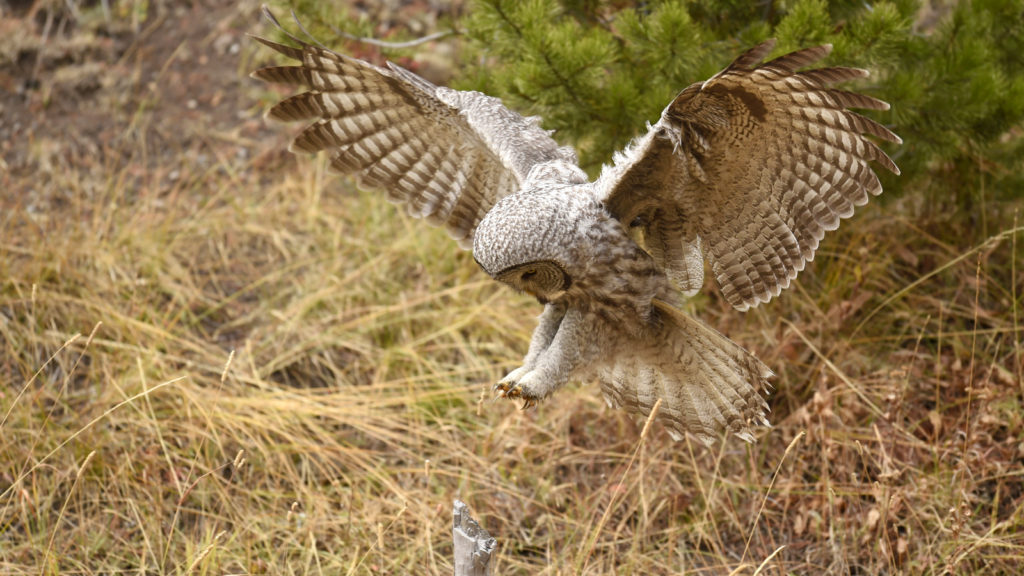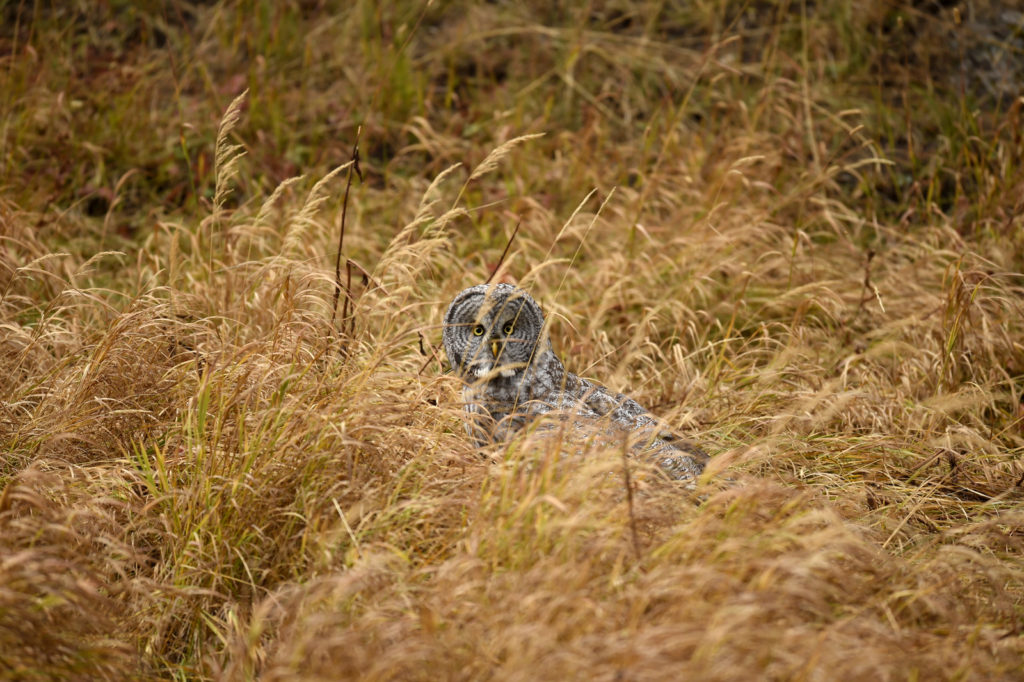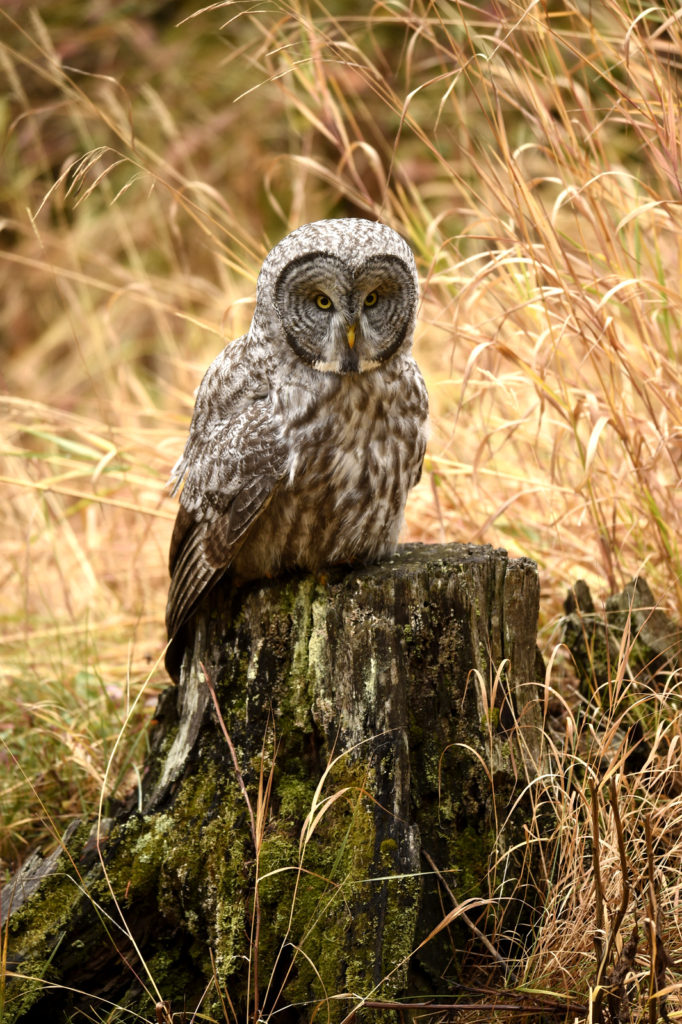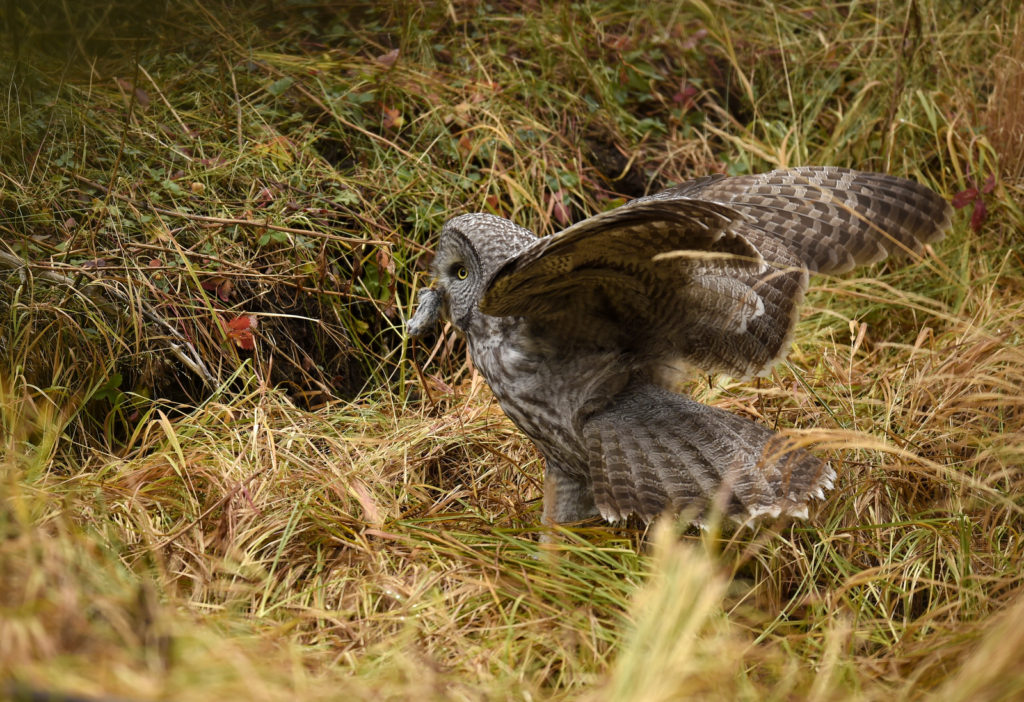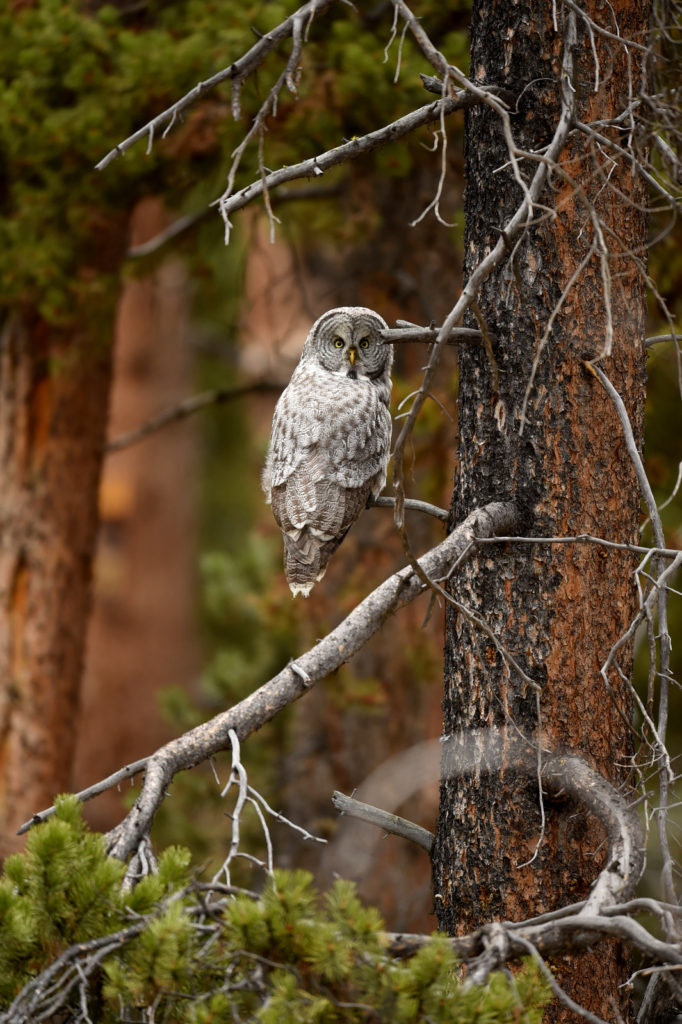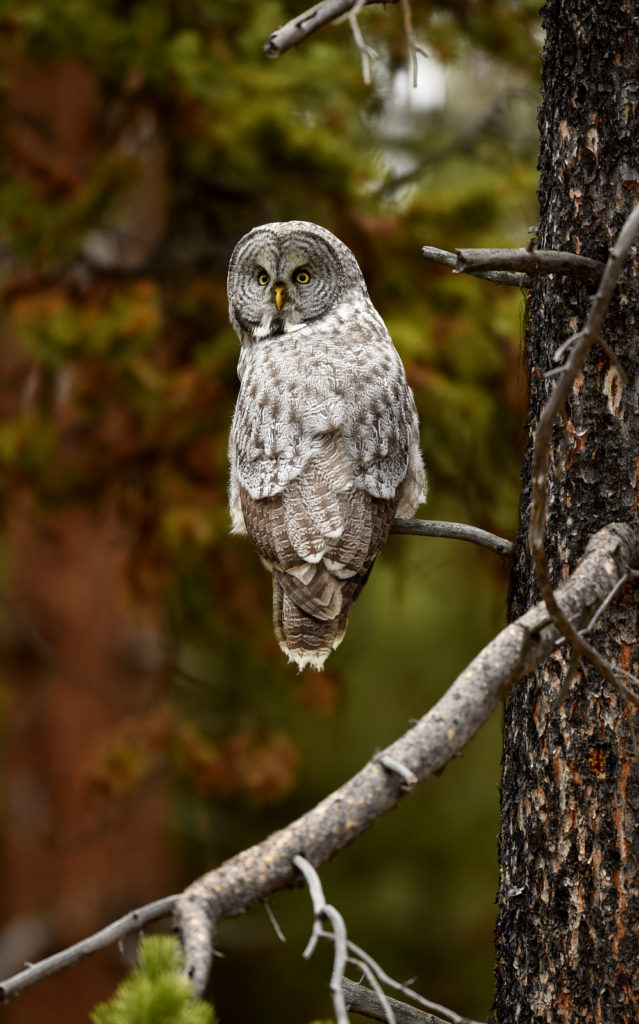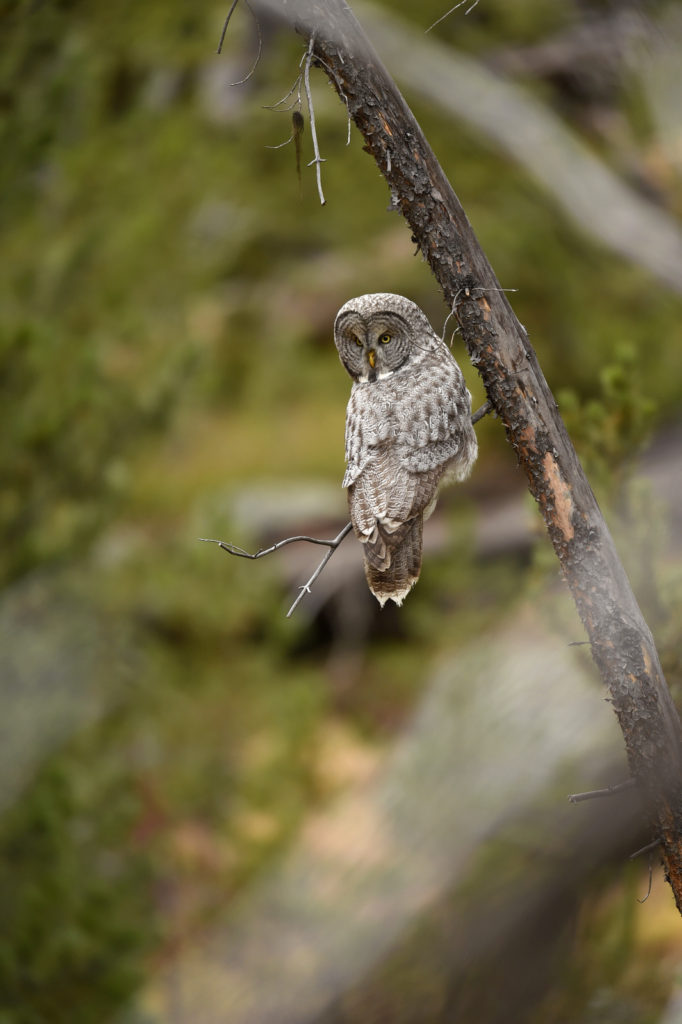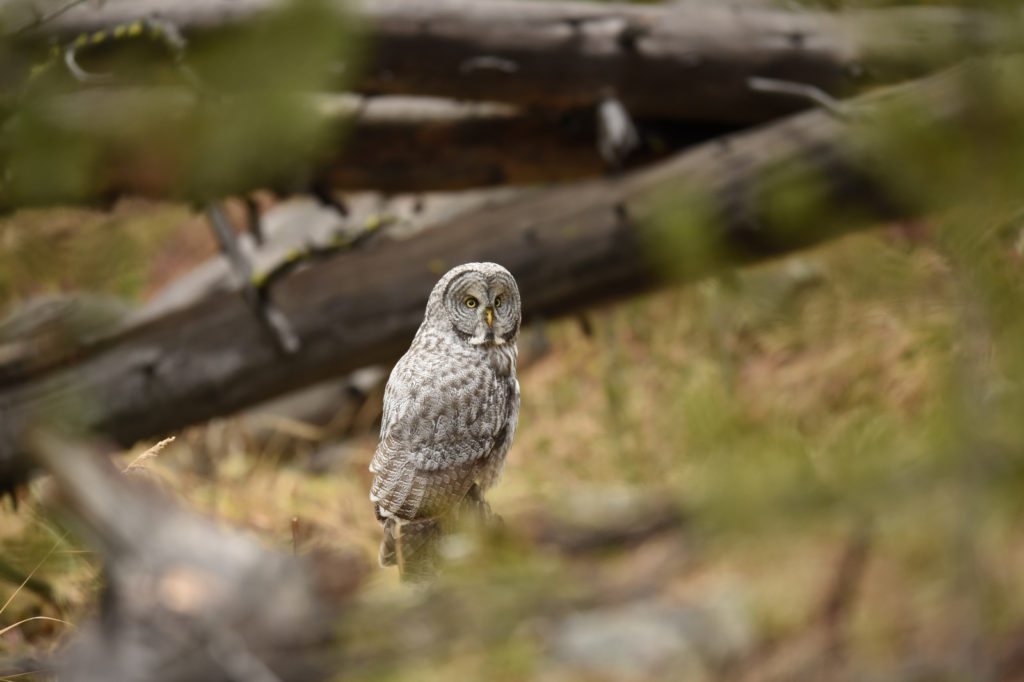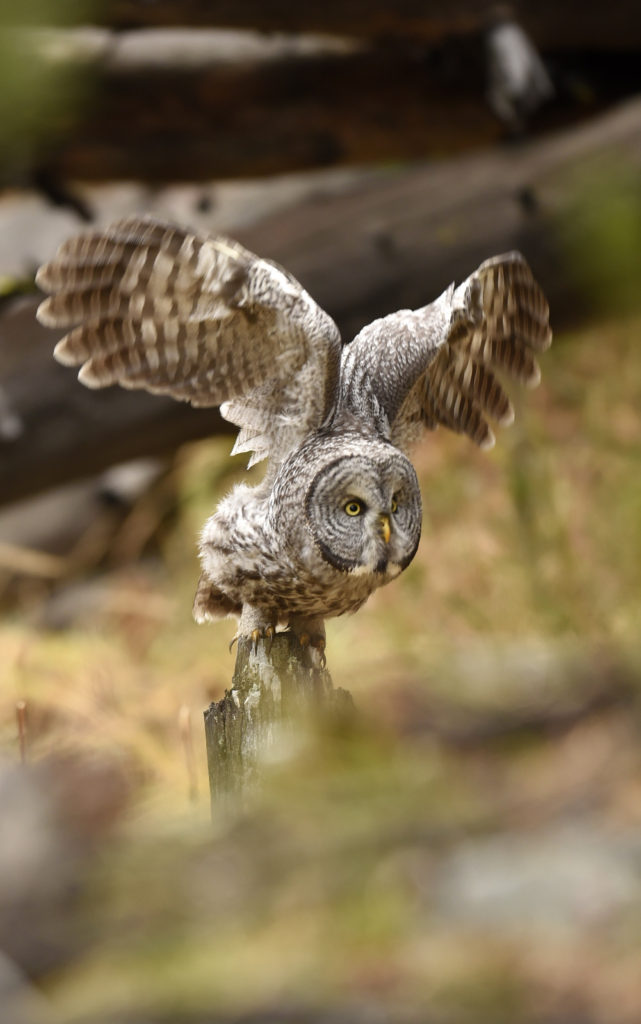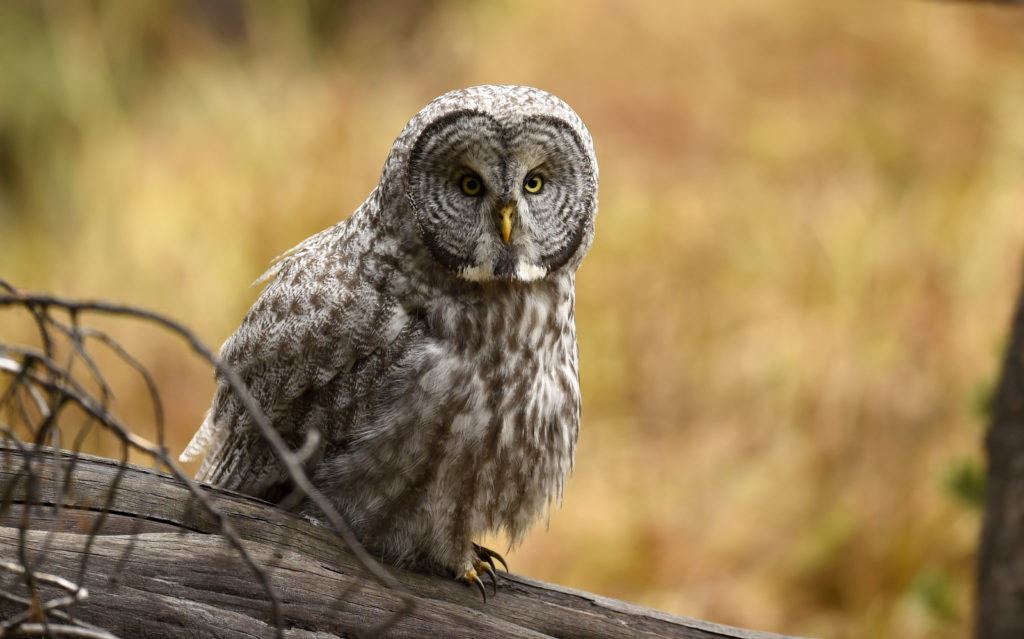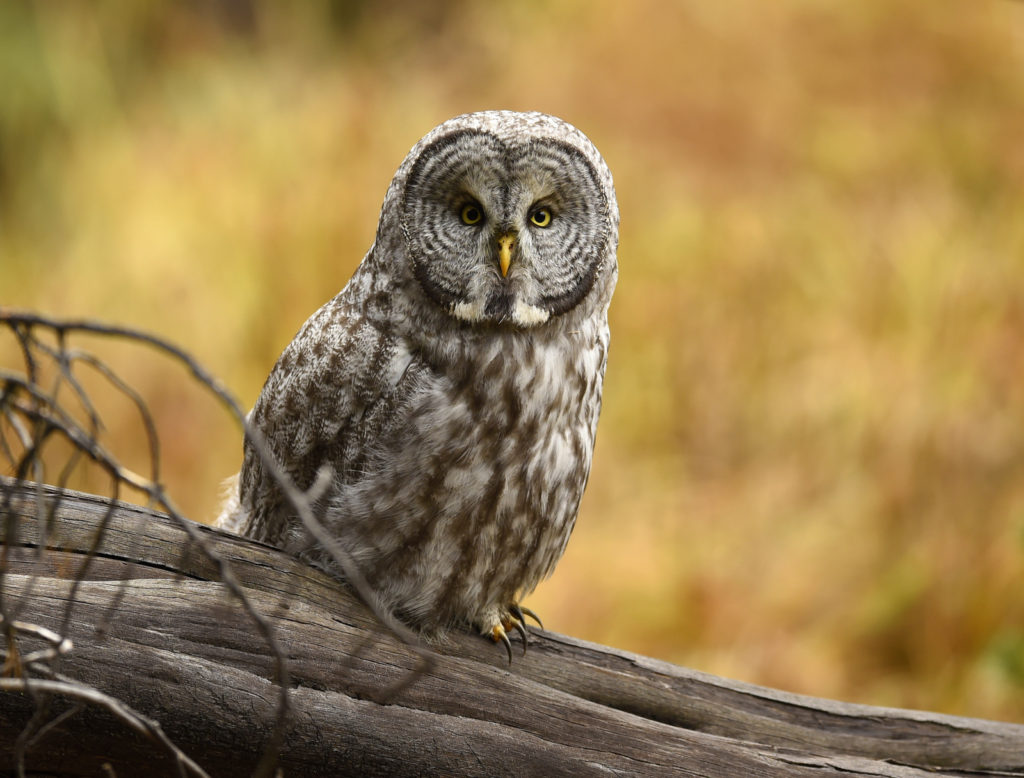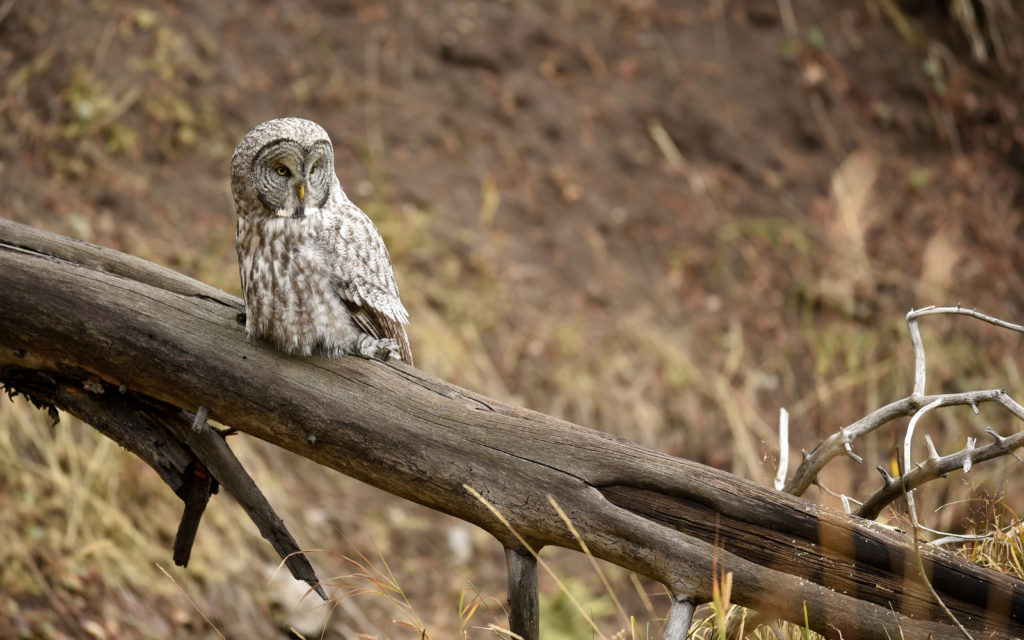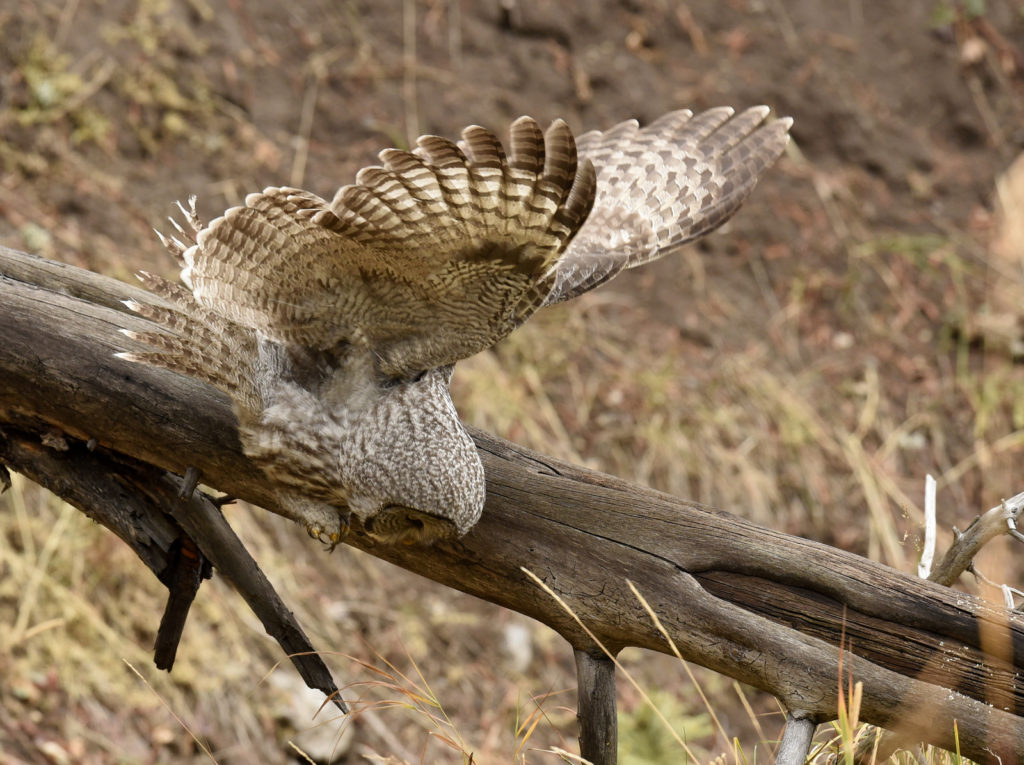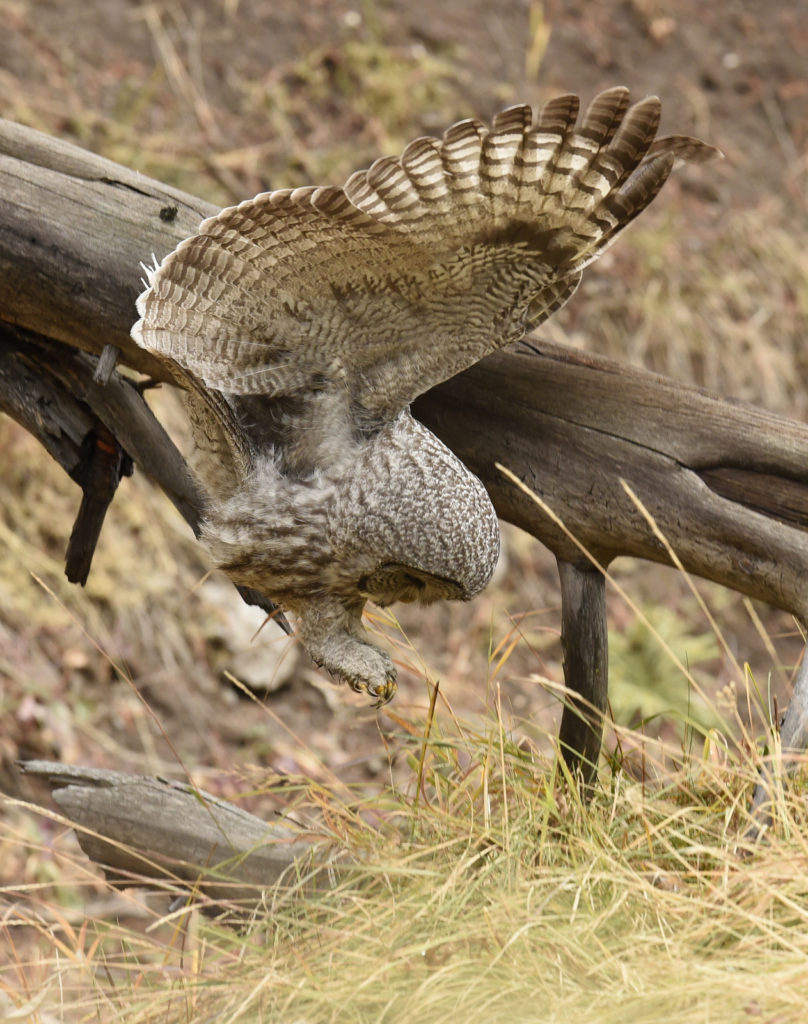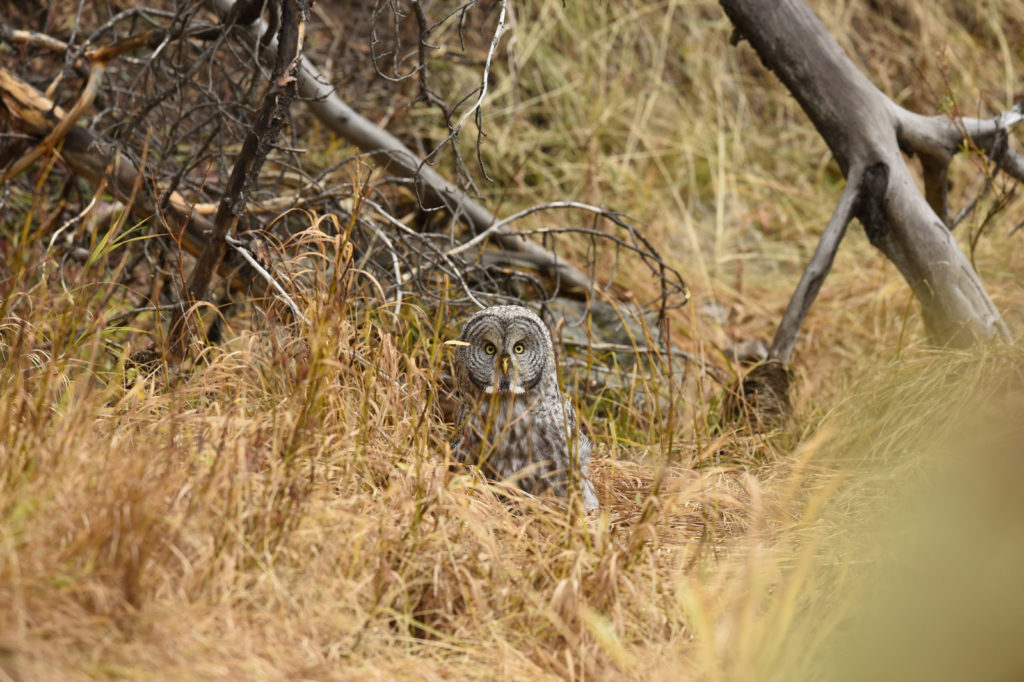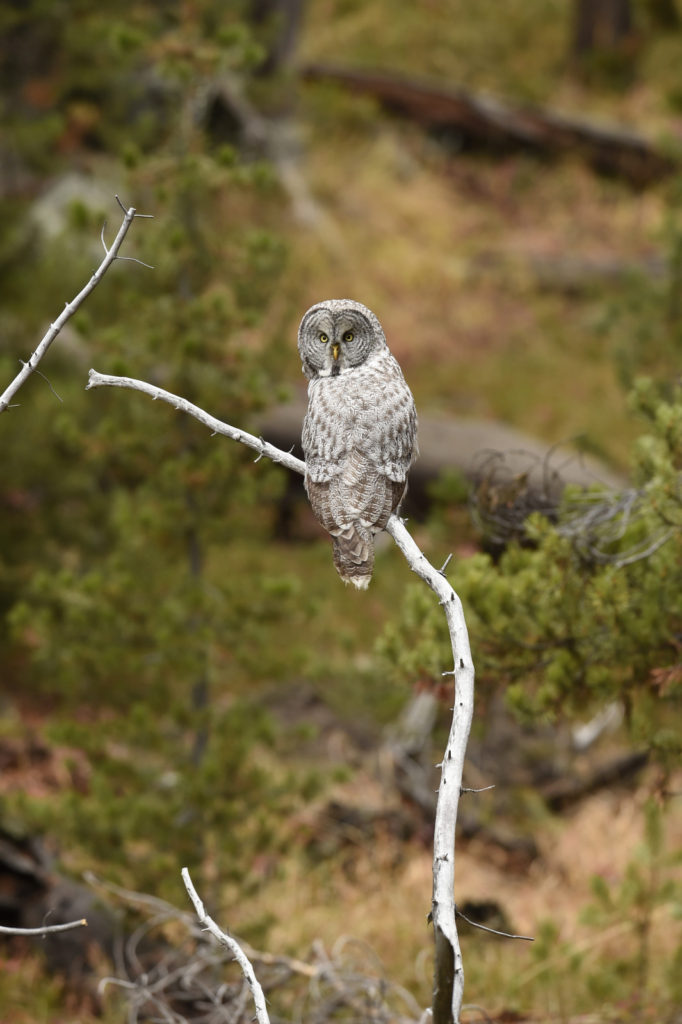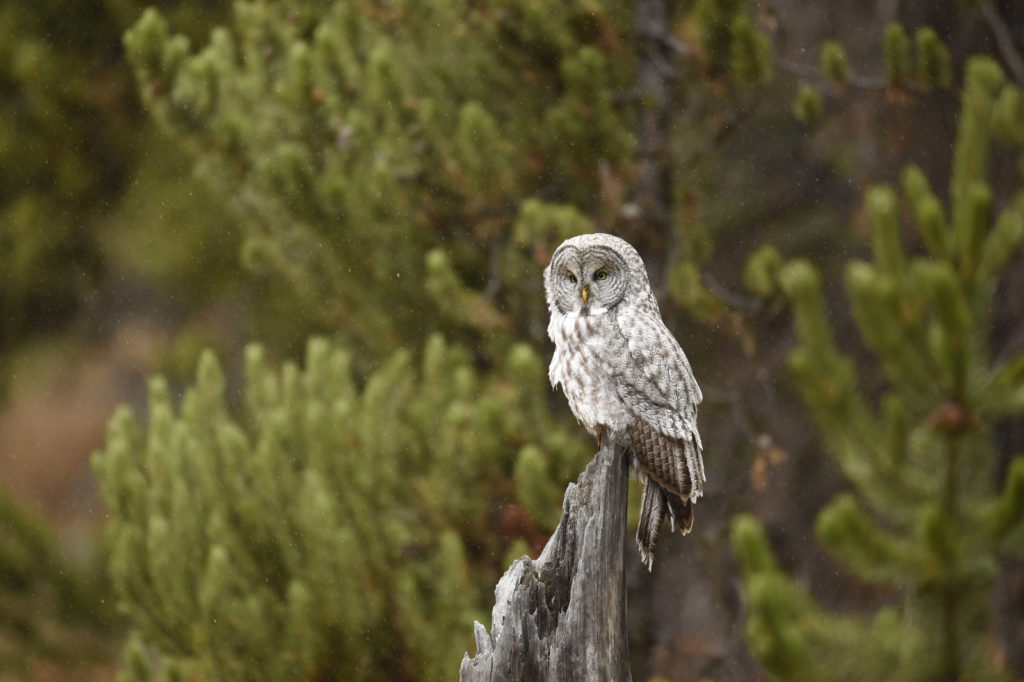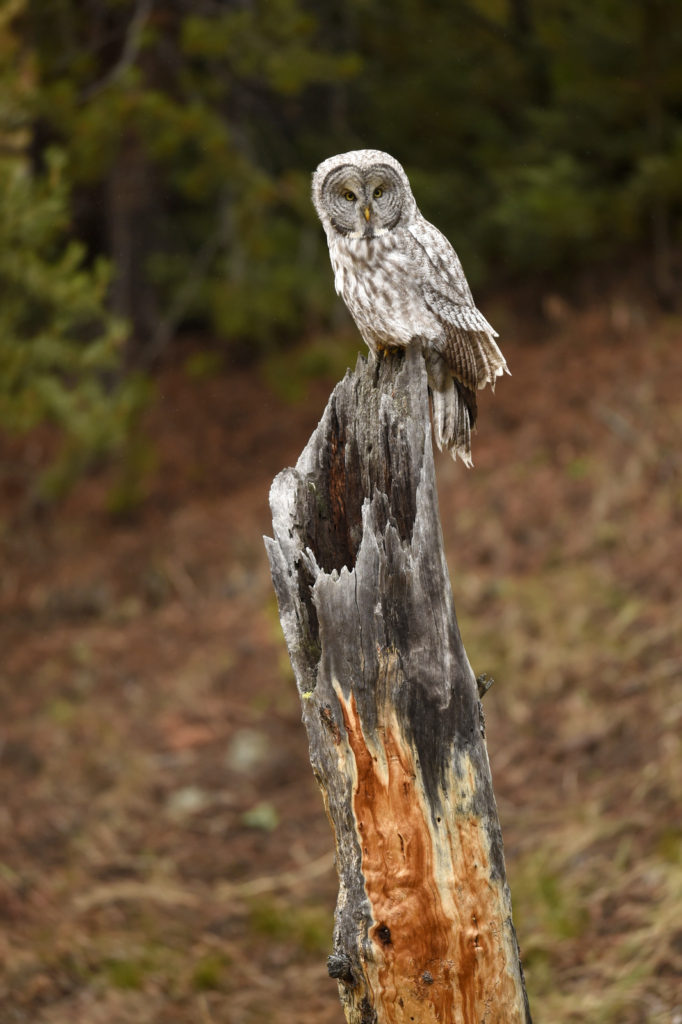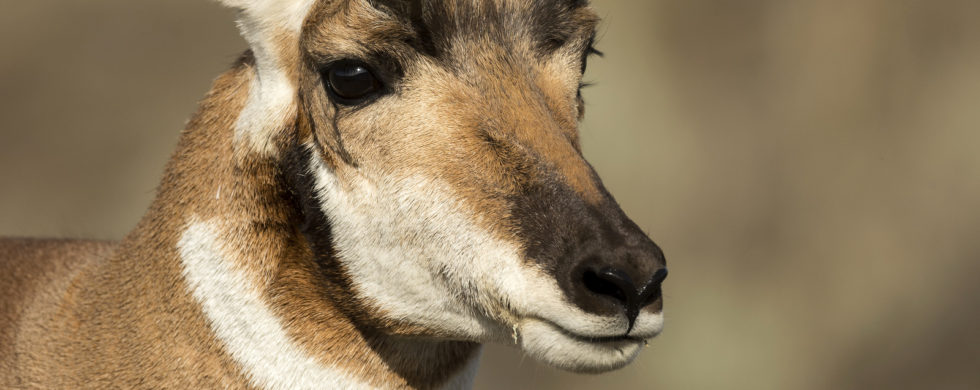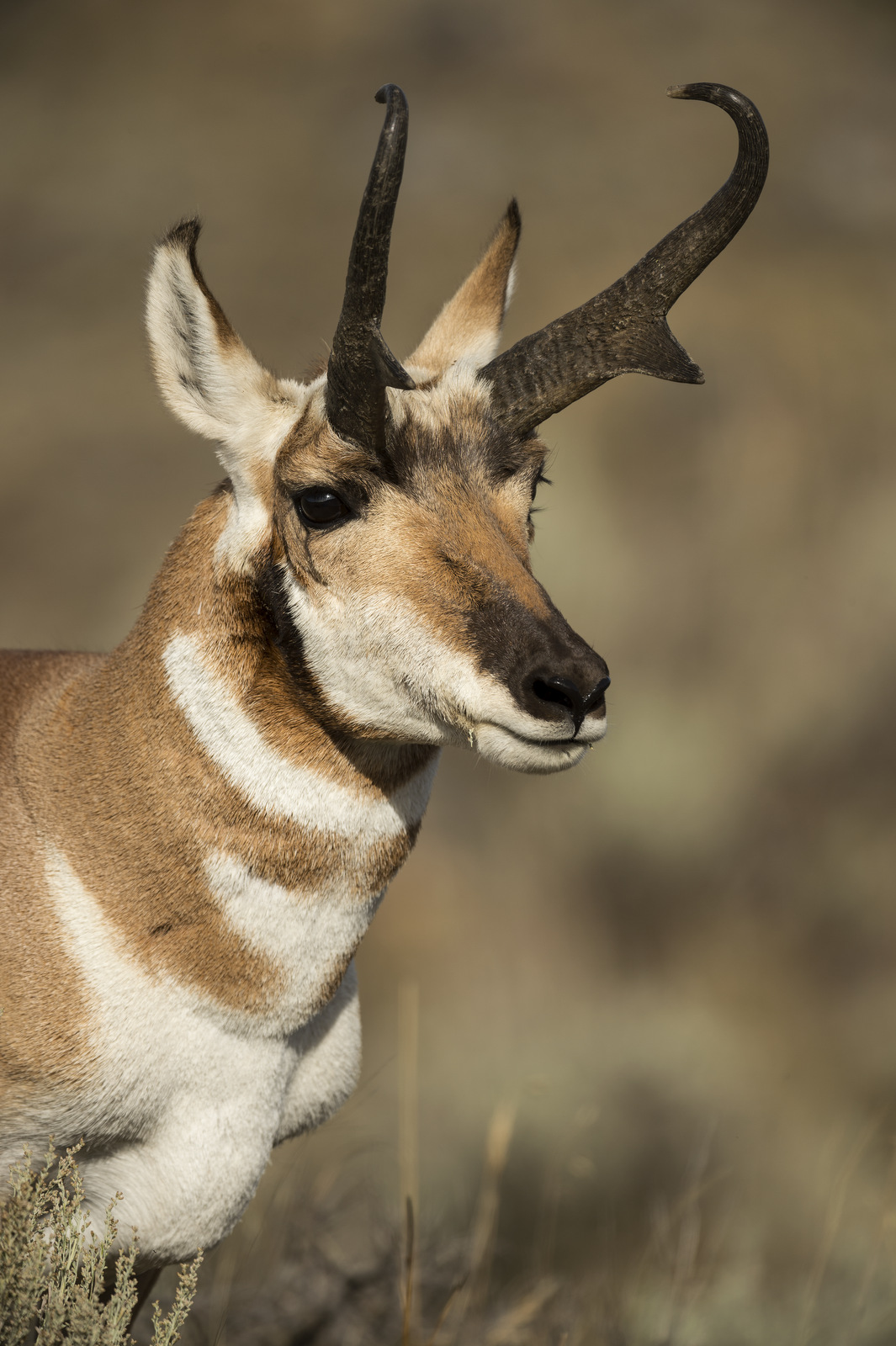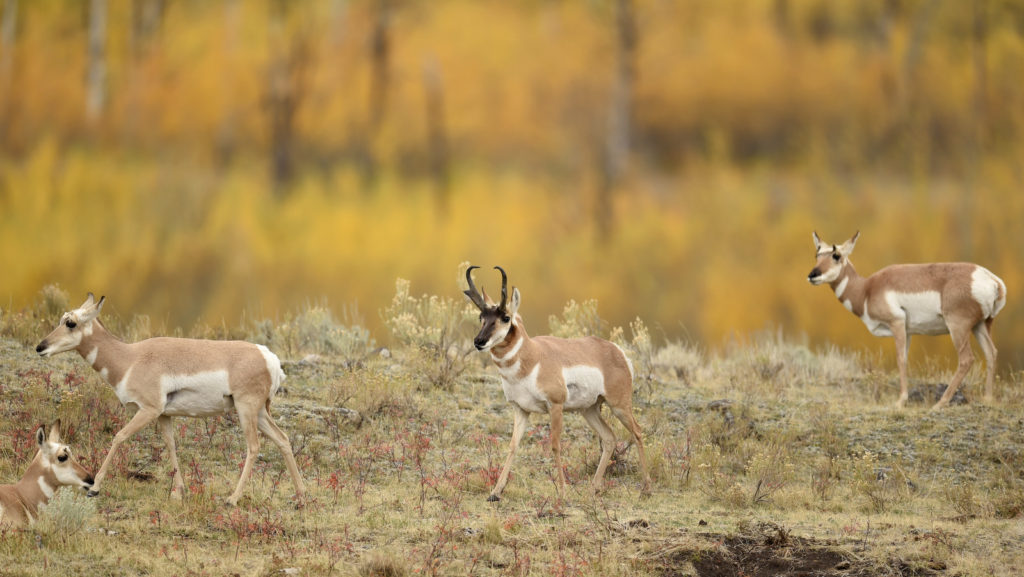30
Shot of the Month – June 2018
The glorious Bald Eagle – can one imagine a more revered and awe-inspiring bird? Perhaps this quote captures the sentiment most people have of this famous raptor:
The American bald eagle is perhaps the most majestic and revered of all birds of prey across North America. Chosen by our forefathers as a symbol of strength and pride for the United States, and honored and respected by Native Americans for centuries, this beautiful bird is perhaps the most famous of all birds of prey. (source)
The American bald eagle was adopted as the national bird symbol of the United States of America in 1782. This regal bird can be found on most official seals of the U.S. government, including the presidential seal, the presidential flag, and the logos of many U.S. federal agencies. Here are a few examples:
Alas, it turns out our regal eagle has more in common with Al Capone than with Thomas Jefferson. Ben Franklin was aware of the bird’s bad behavior and was opposed to the bald eagle being chosen as our national symbol. As he wrote to his daughter in a January 26, 1784 letter:
For my own part I wish the Bald Eagle had not been chosen the Representative of our Country. He is a Bird of bad moral Character. He does not get his Living honestly. You may have seen him perched on some dead Tree near the River, where, too lazy to fish for himself, he watches the Labour of the Fishing Hawk; and when that diligent Bird has at length taken a Fish, and is bearing it to his Nest for the Support of his Mate and young Ones, the Bald Eagle pursues him and takes it from him. (source)
Alas, it is true, the bald eagle is a bit of a thug. In my photo above the eagle is about to steal a fish that a blue heron just caught. I have seen such behavior many times while out in the field. I have seen bald eagles harass otters numerous times until they give up their latest catch. Ospreys (that is the Fishing Hawk that Ben referred to above) also must often give up their fish to the bigger raptor. The bald eagle is also a common scavenger feeding on dead fish and other carcasses.
Oh, the shame…
Here is the follow-up to the image above:
Here is another example. The heron wisely drops the fish…
And another
And…this is one hacked-off heron!
We know how this will end…
Thank you very much…
Bald Eagles also steal from each other. Here we see a “discussion” between an immature eagle (on the left) and a full-grown adult over a fish.
And here we see a Bald Eagle dining on a bison carcass in Yellowstone National Park
The American Bald Eagle, majestic in appearance and eh, well, let’s just leave it at that…
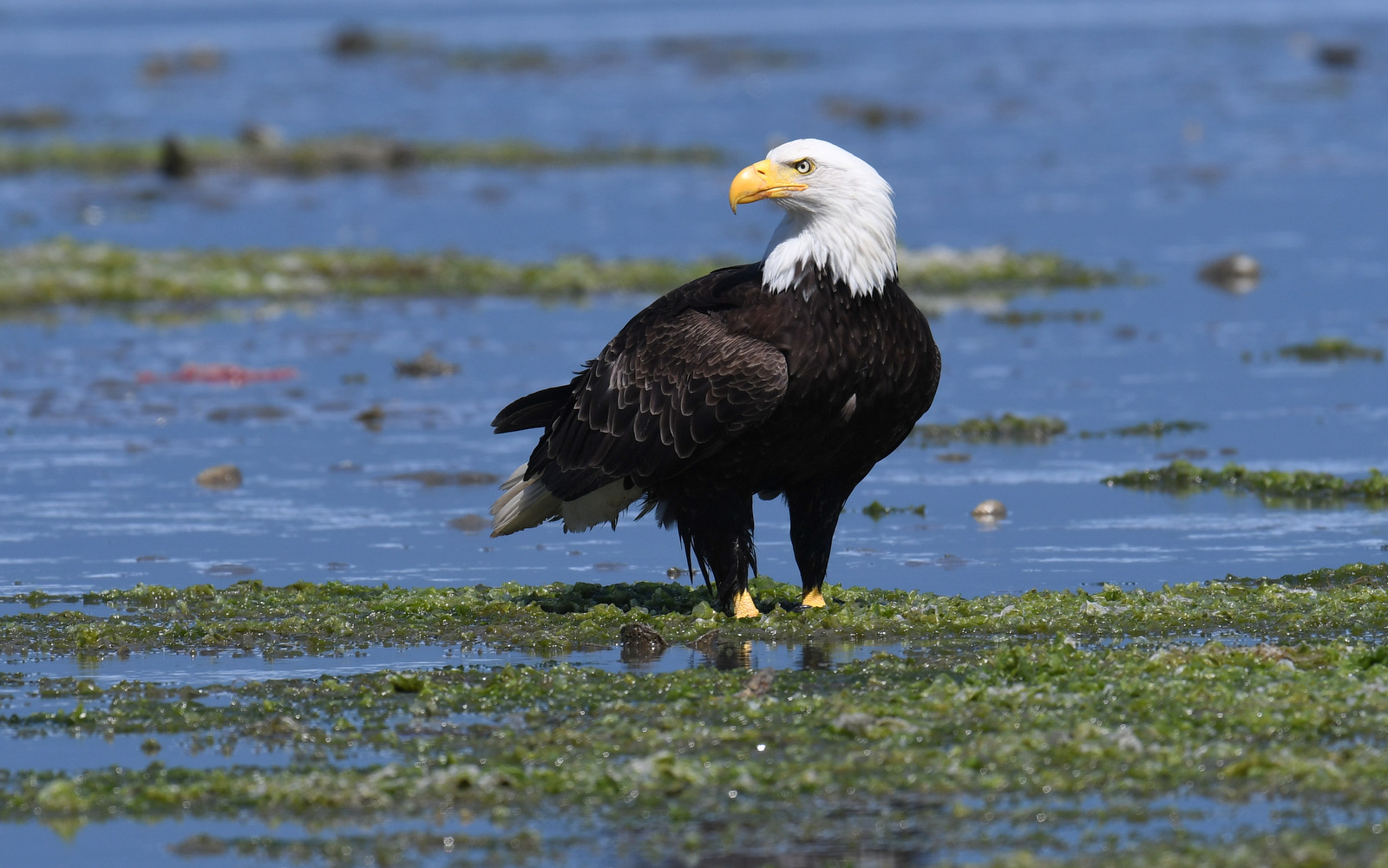
Until next month….m
And don’t forget, you can click on any image above to see it bigger (highly recommended).
Nikon D4S, Nikon 600mm, f/4, 1/2000 sec, ISO 720, +1.5 EV

